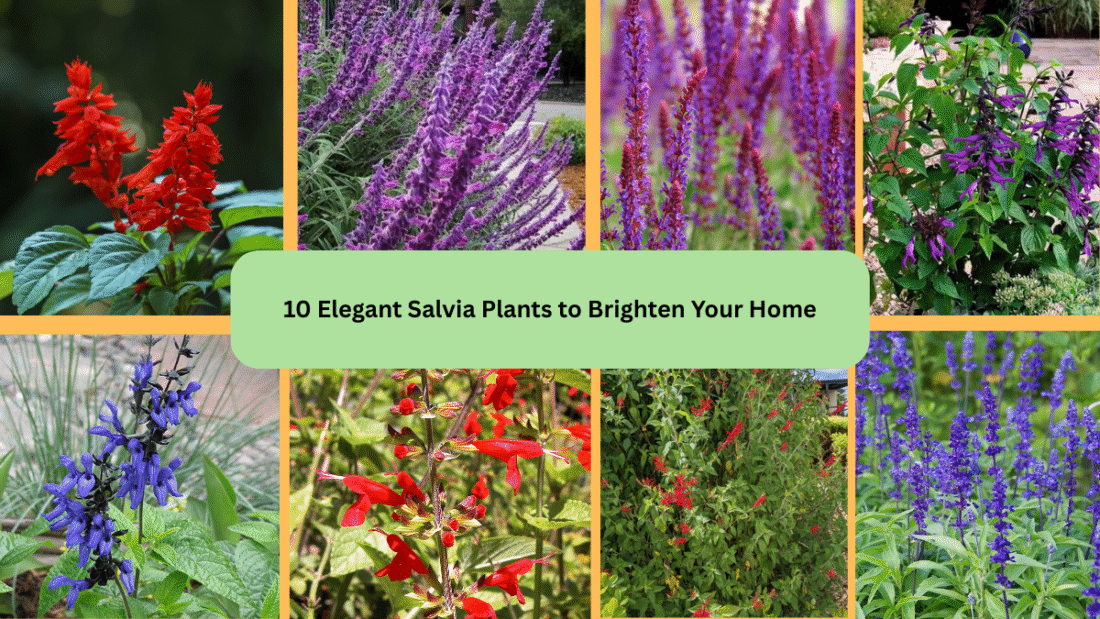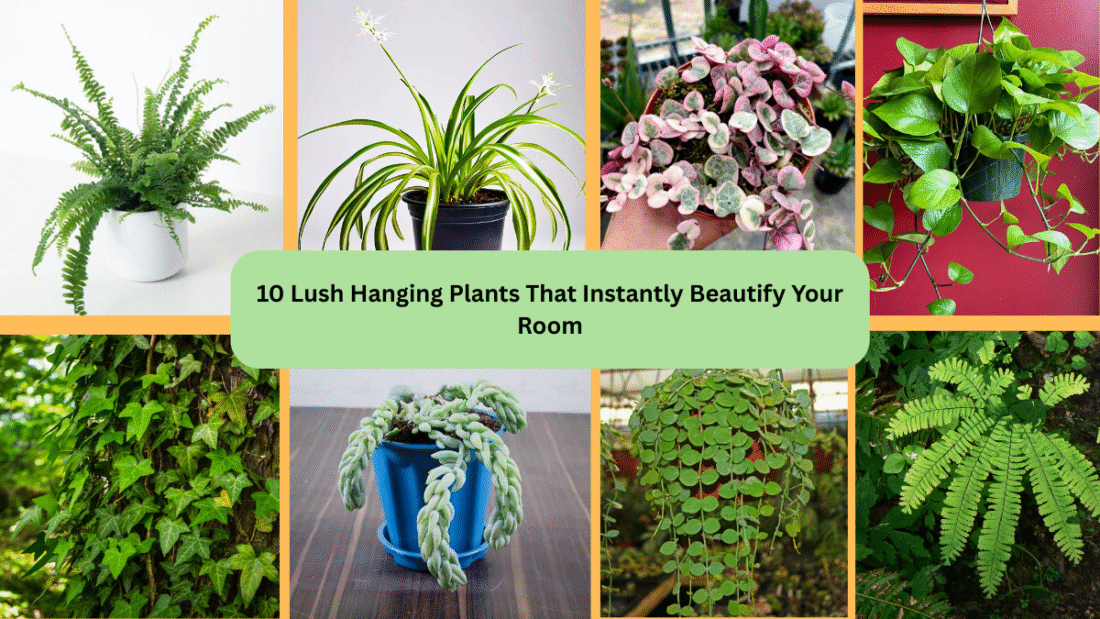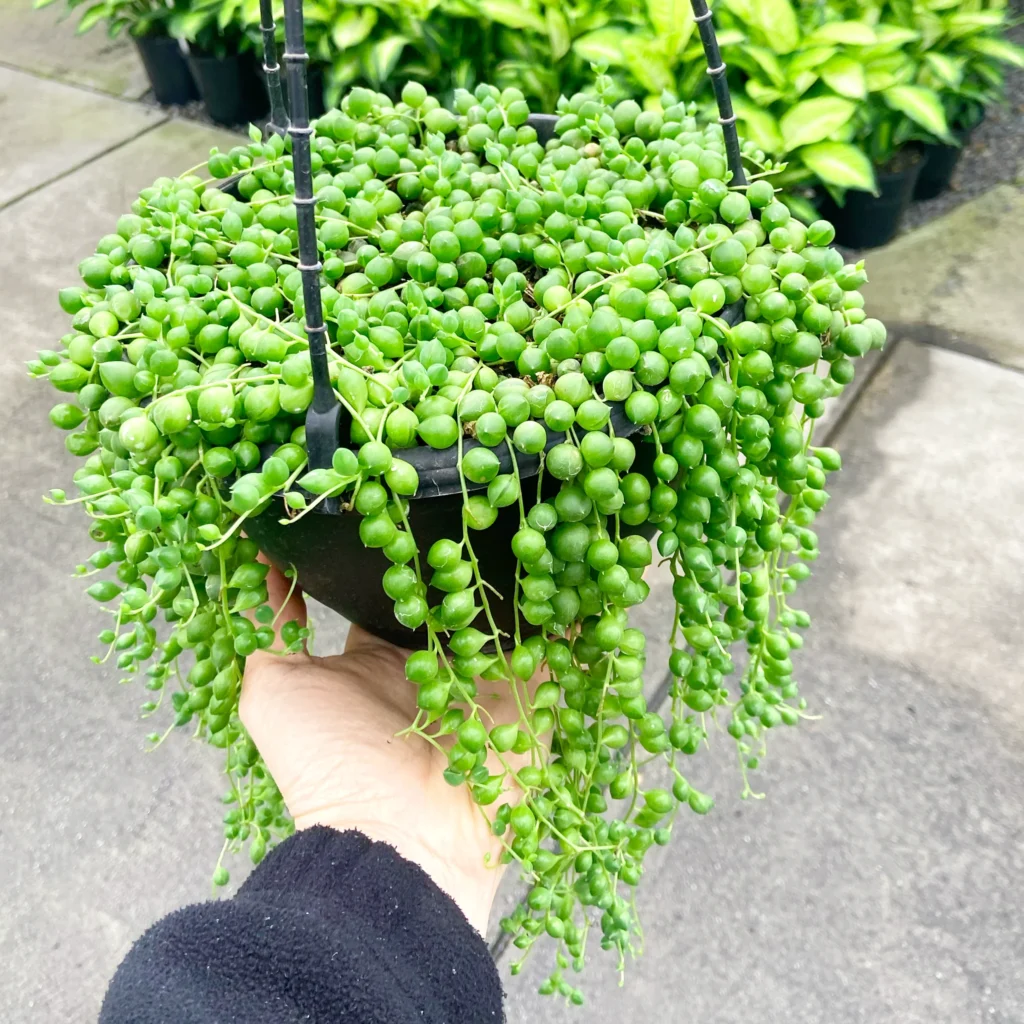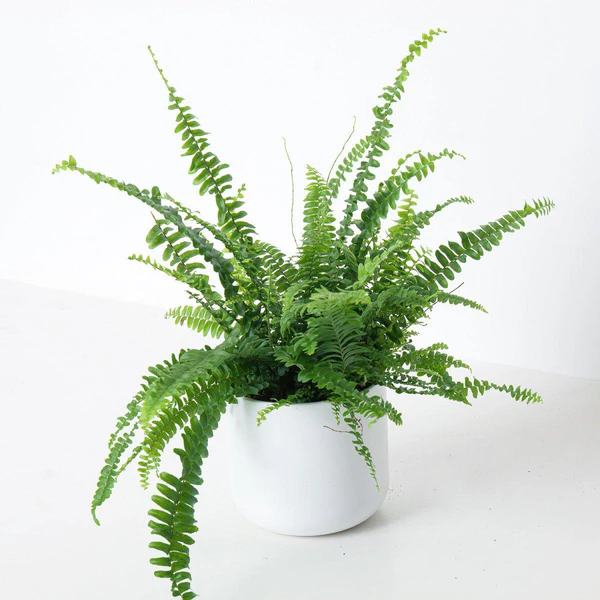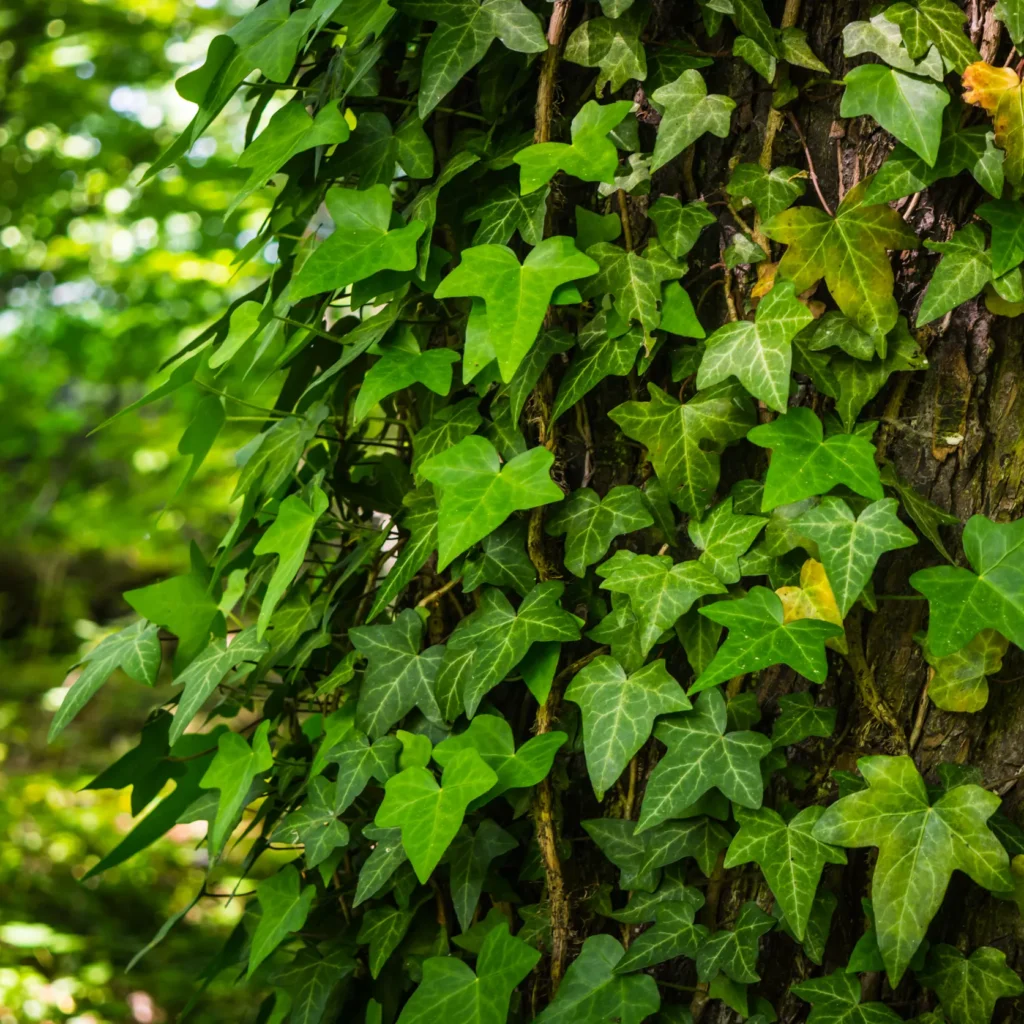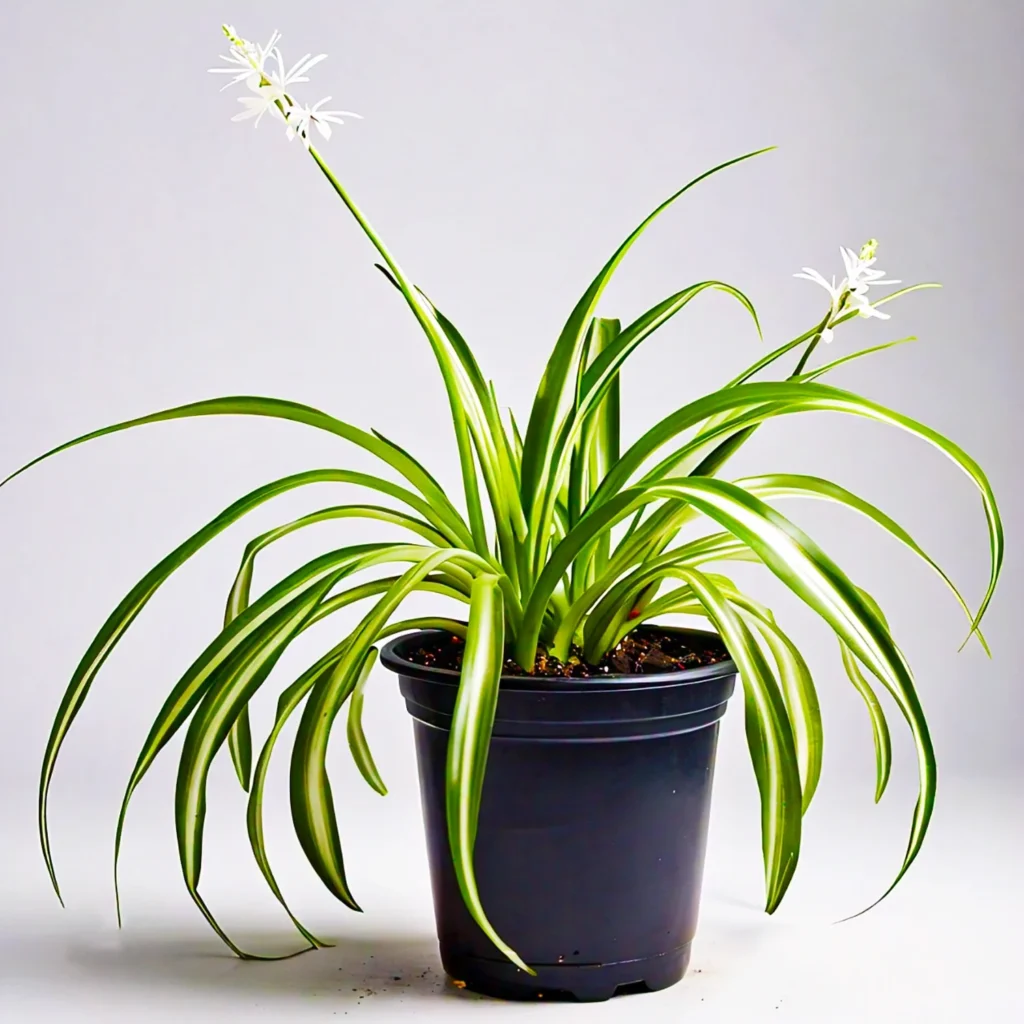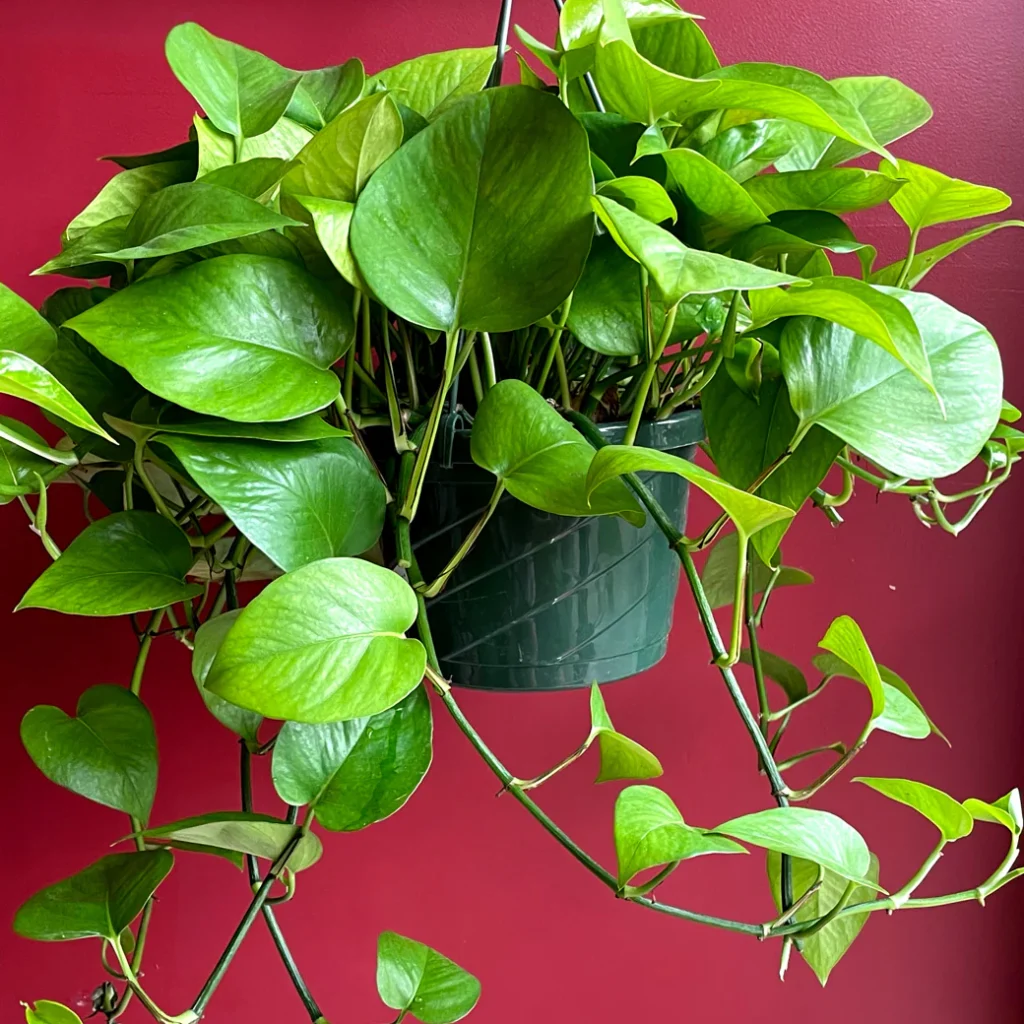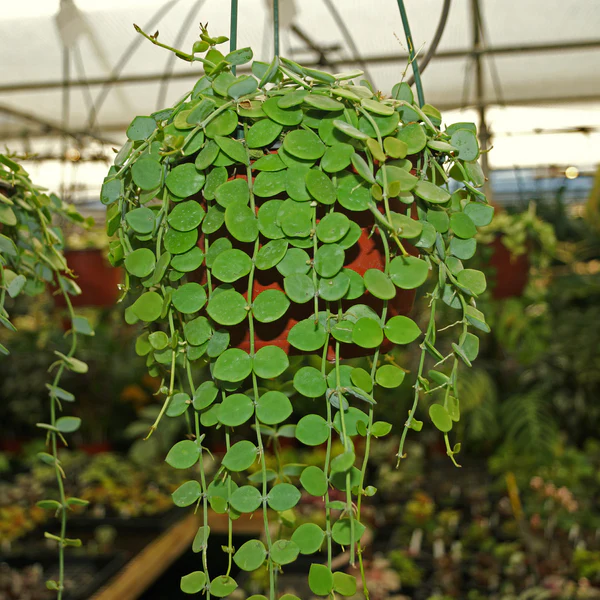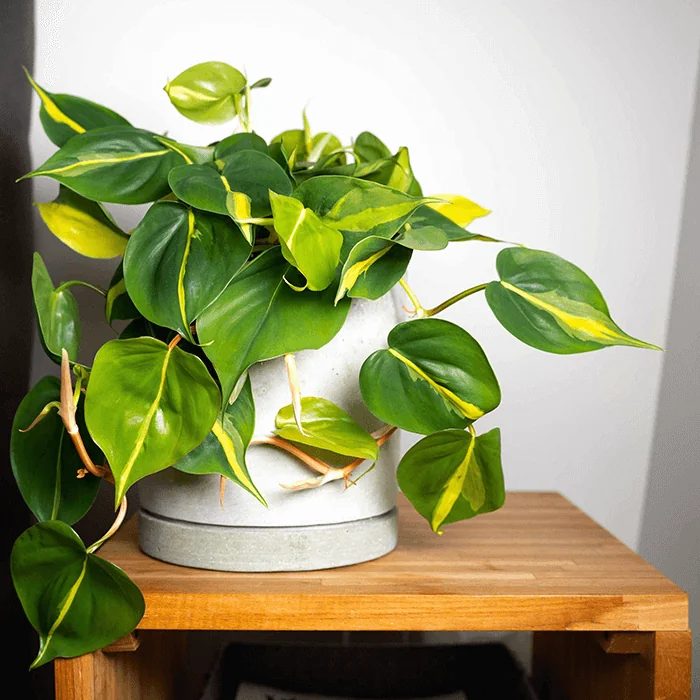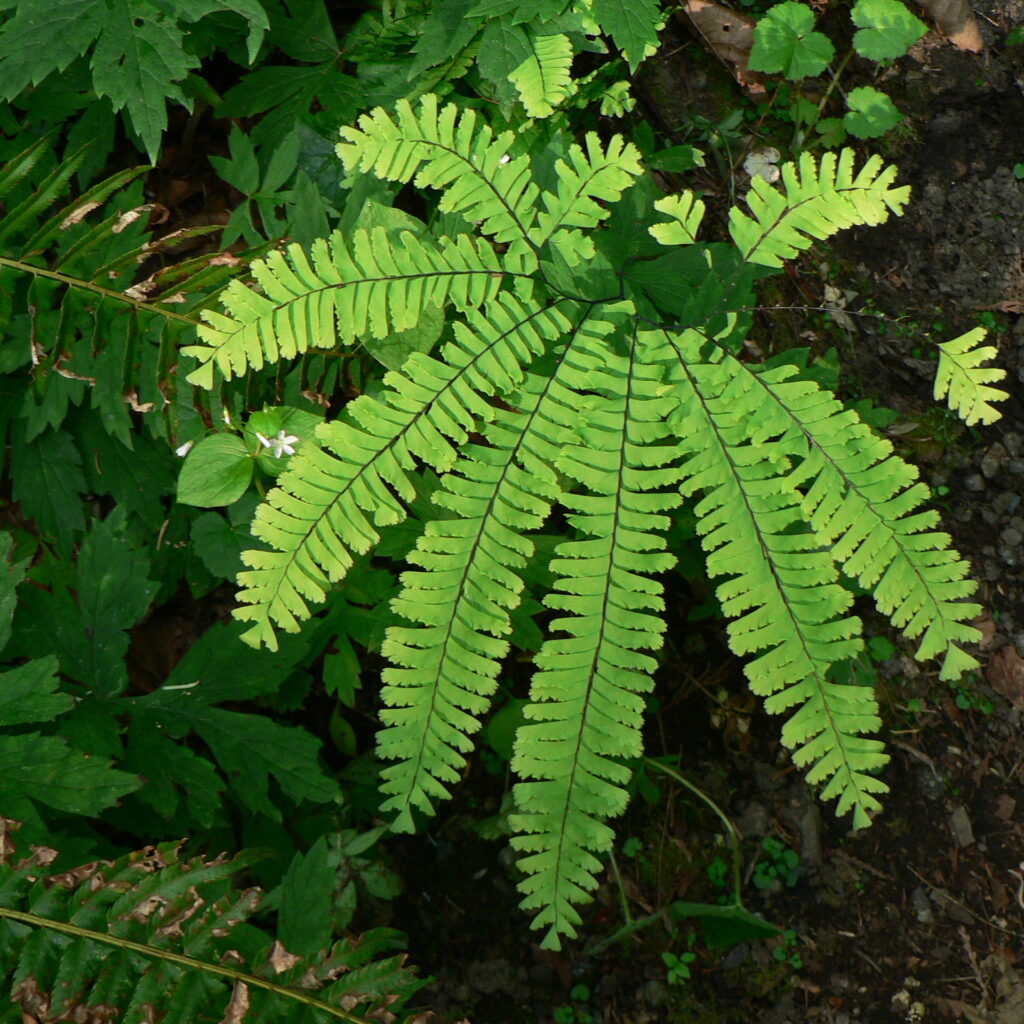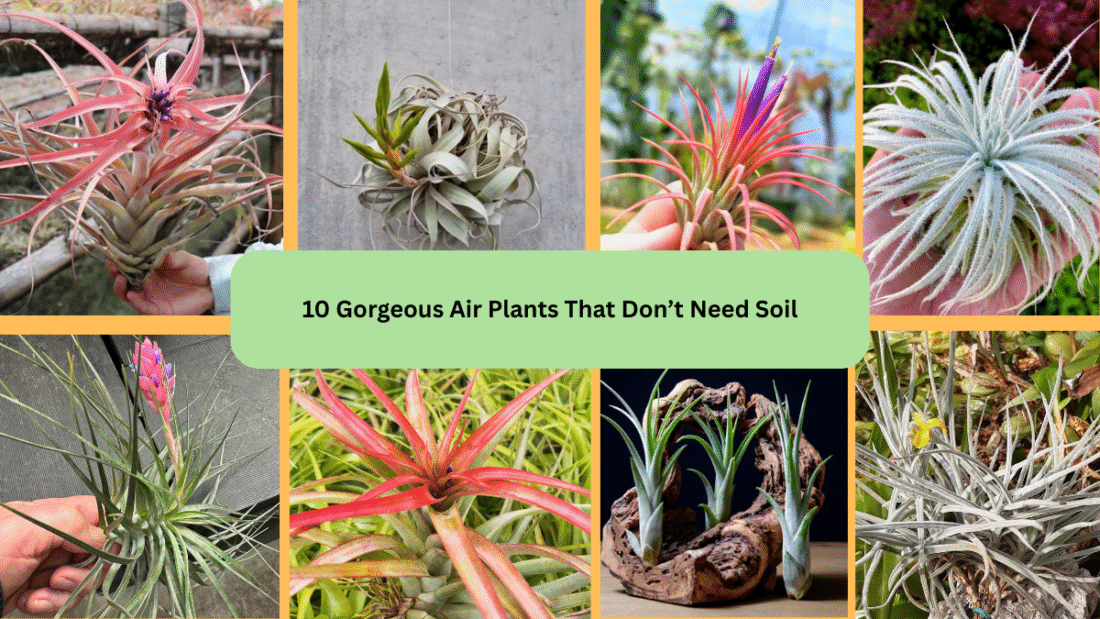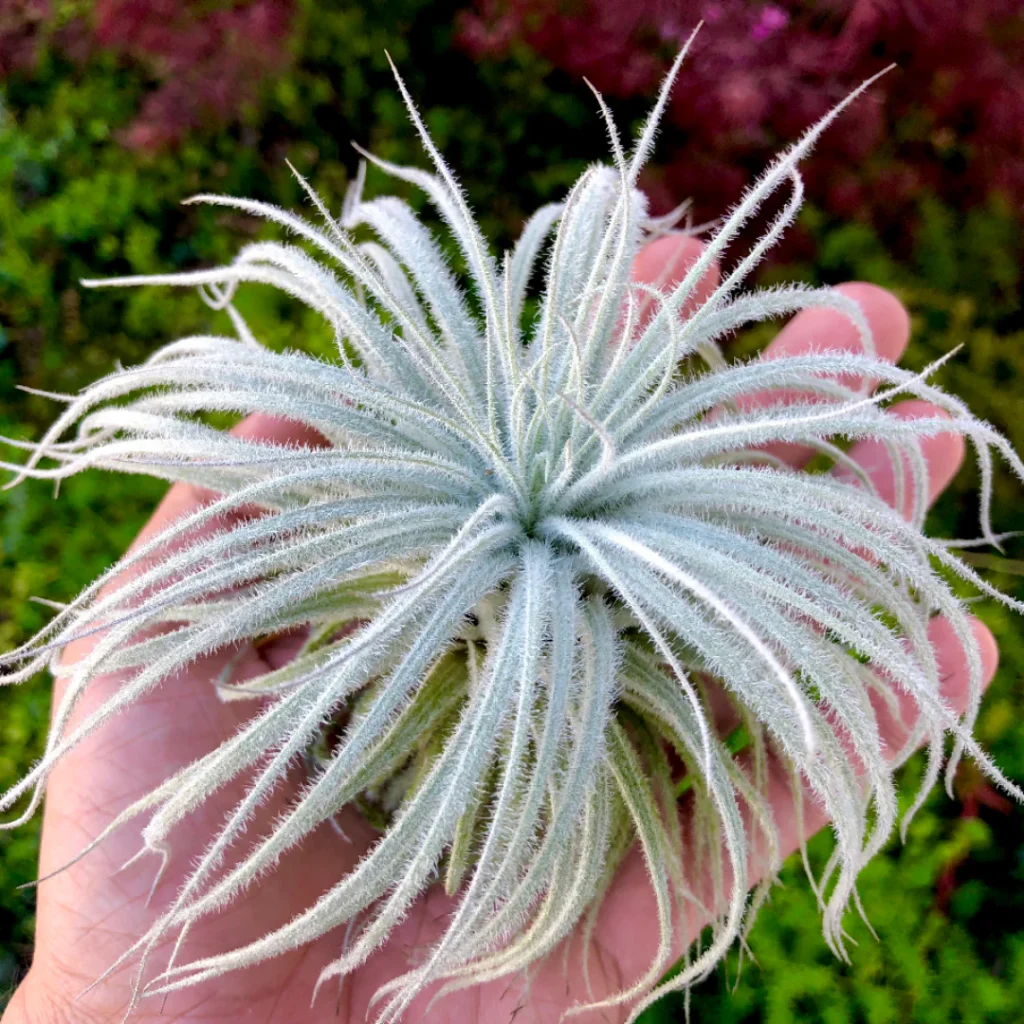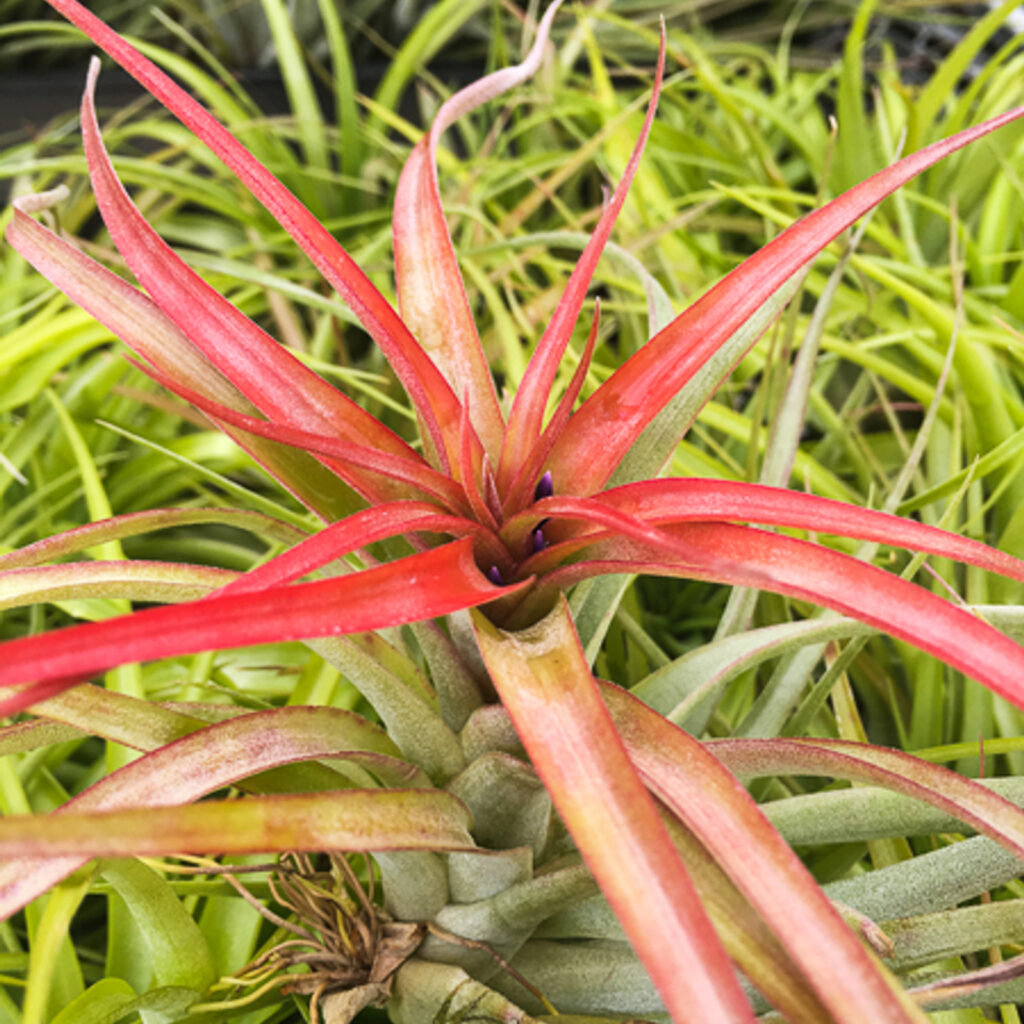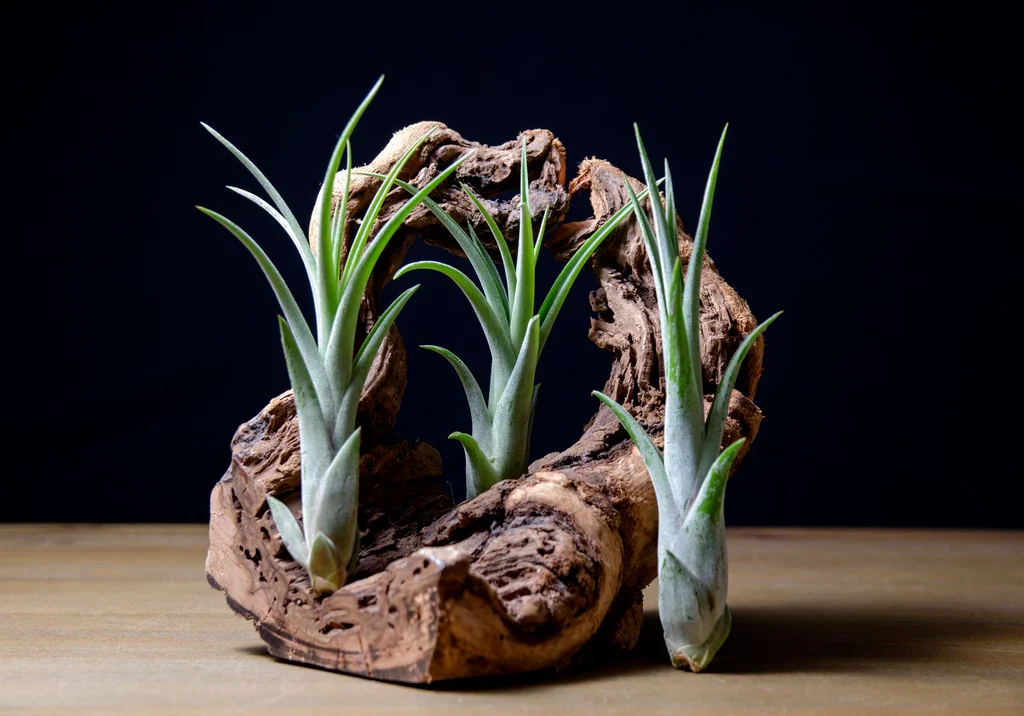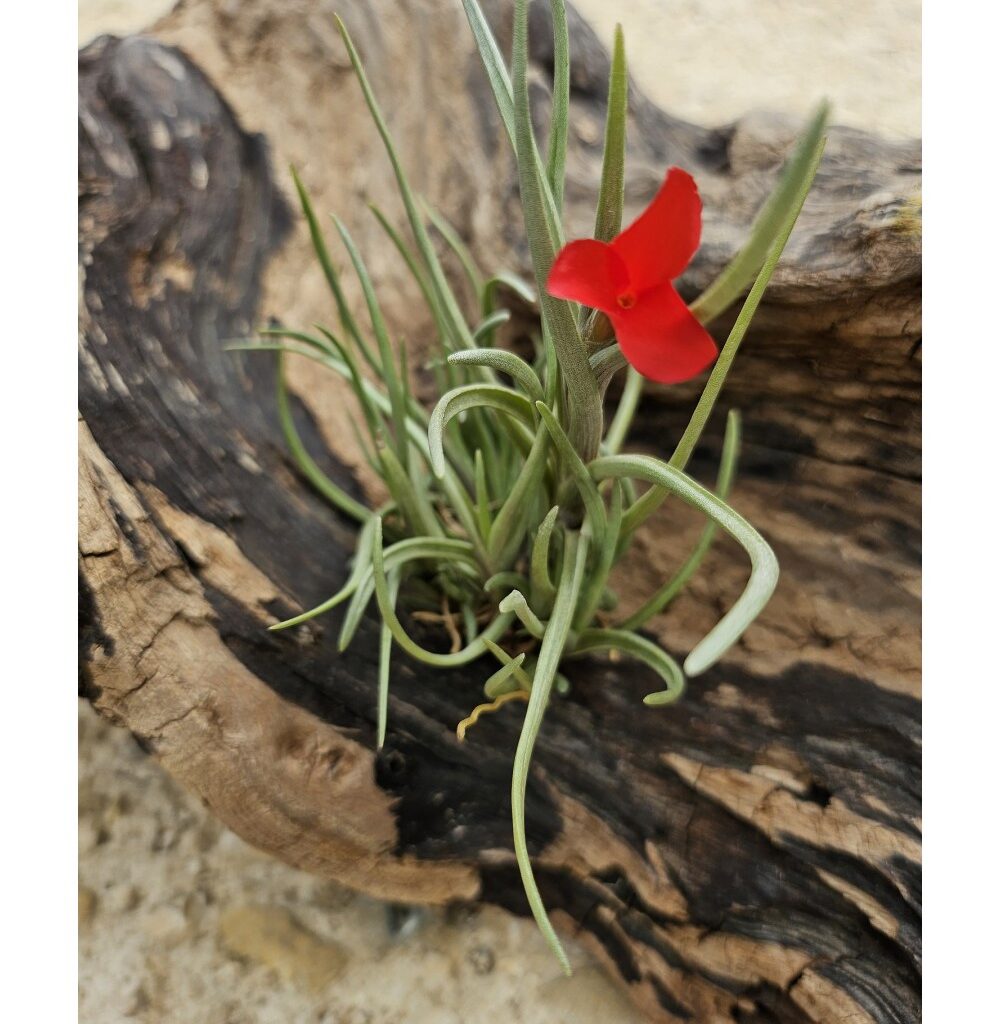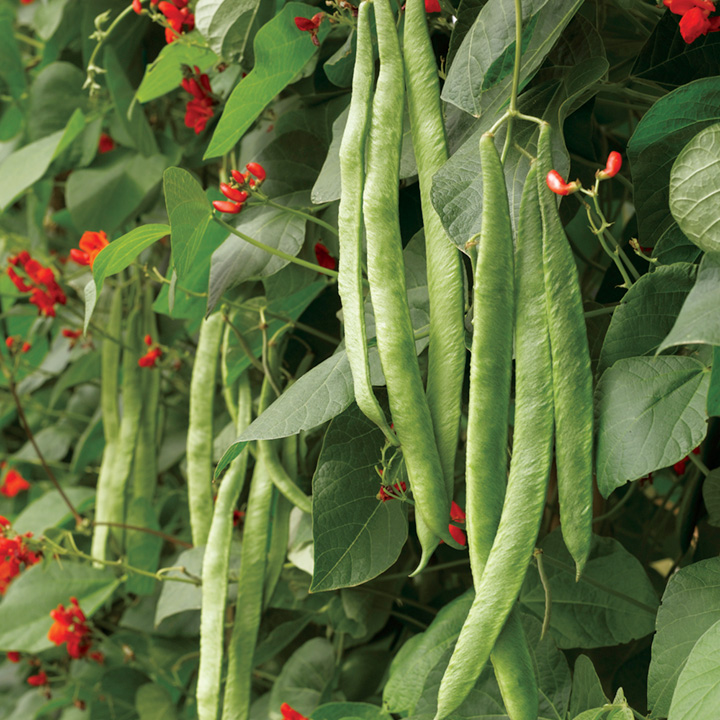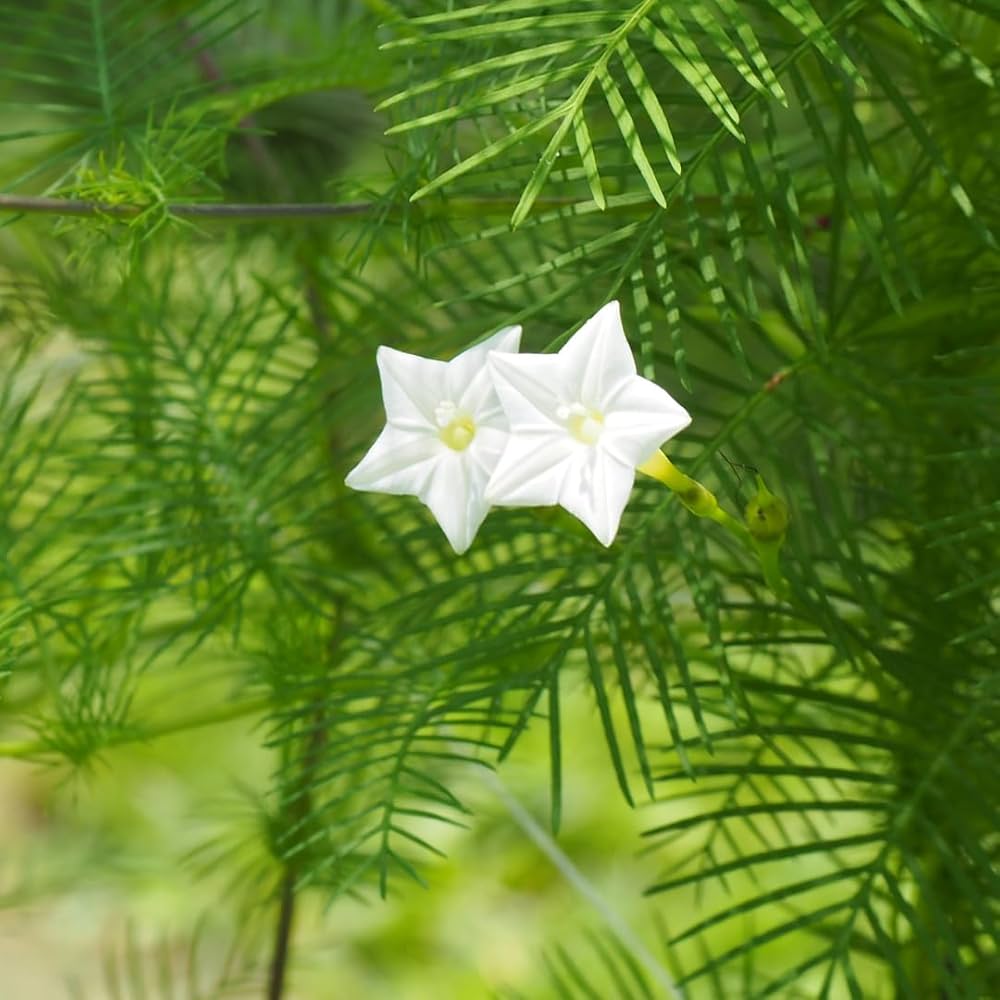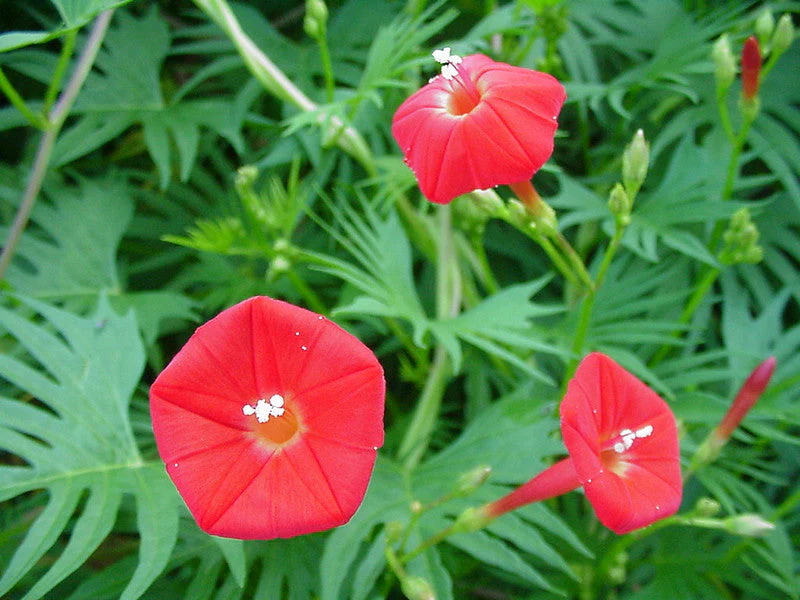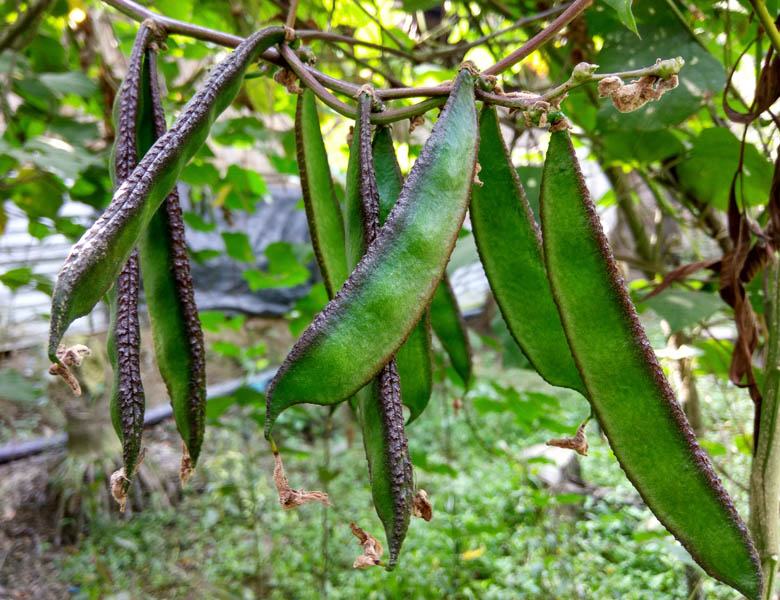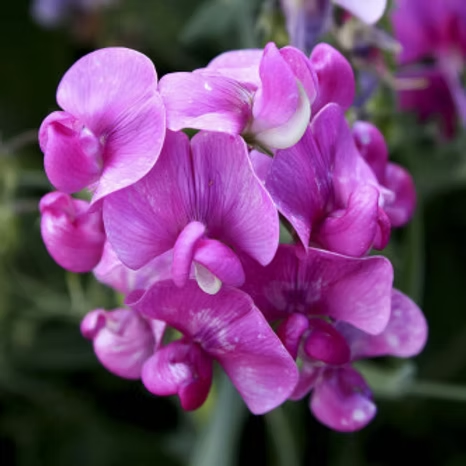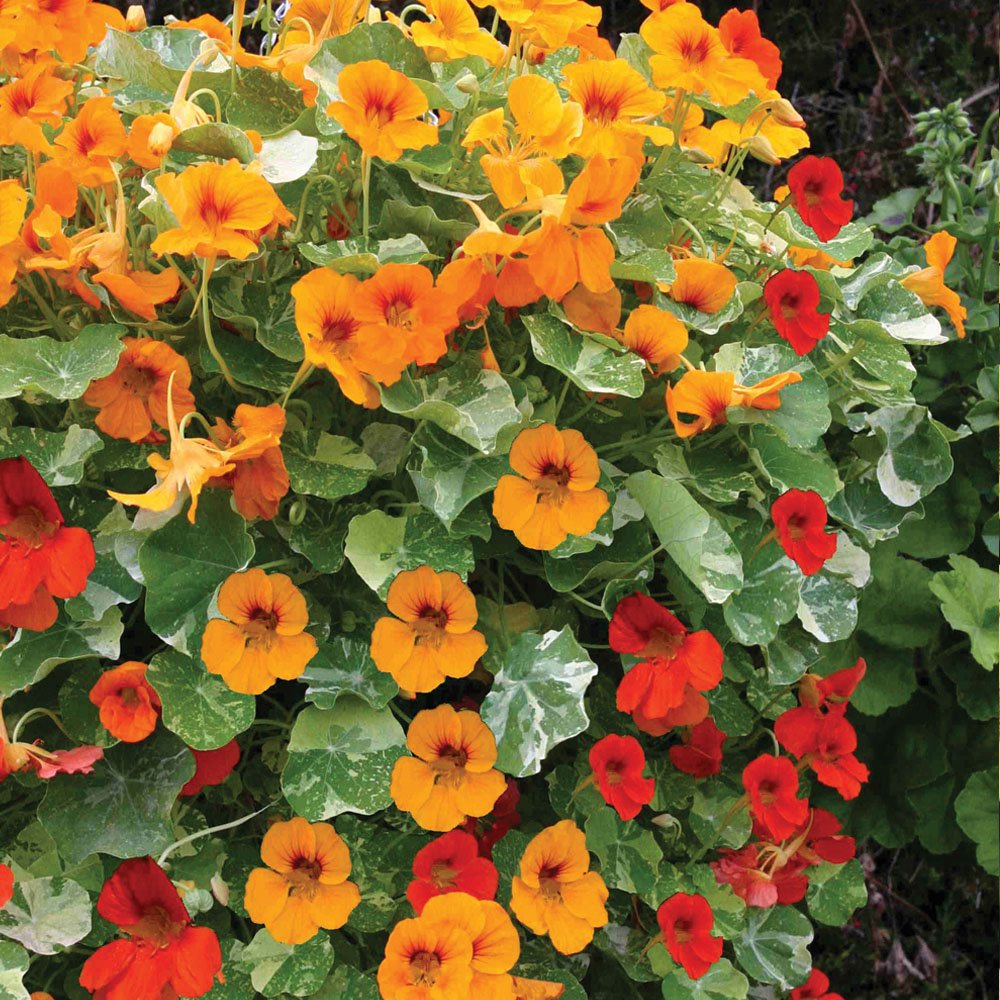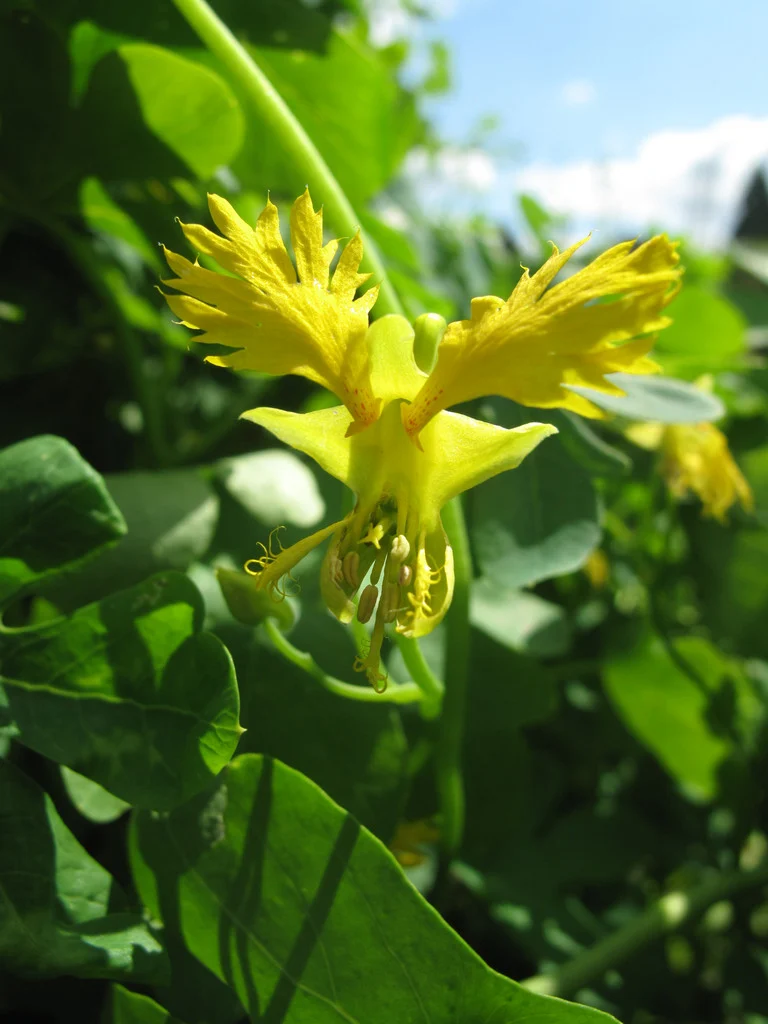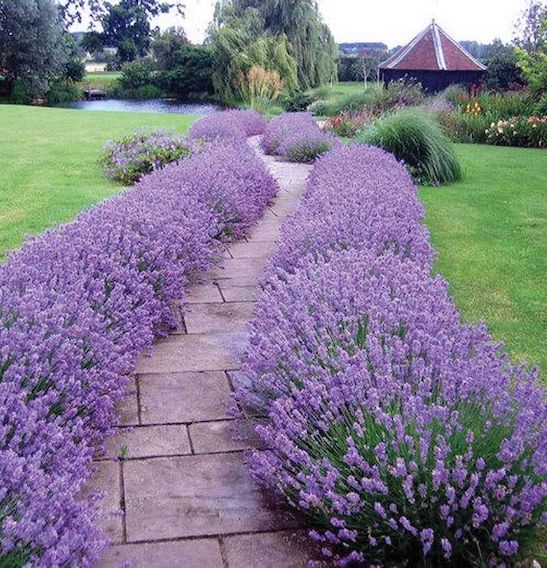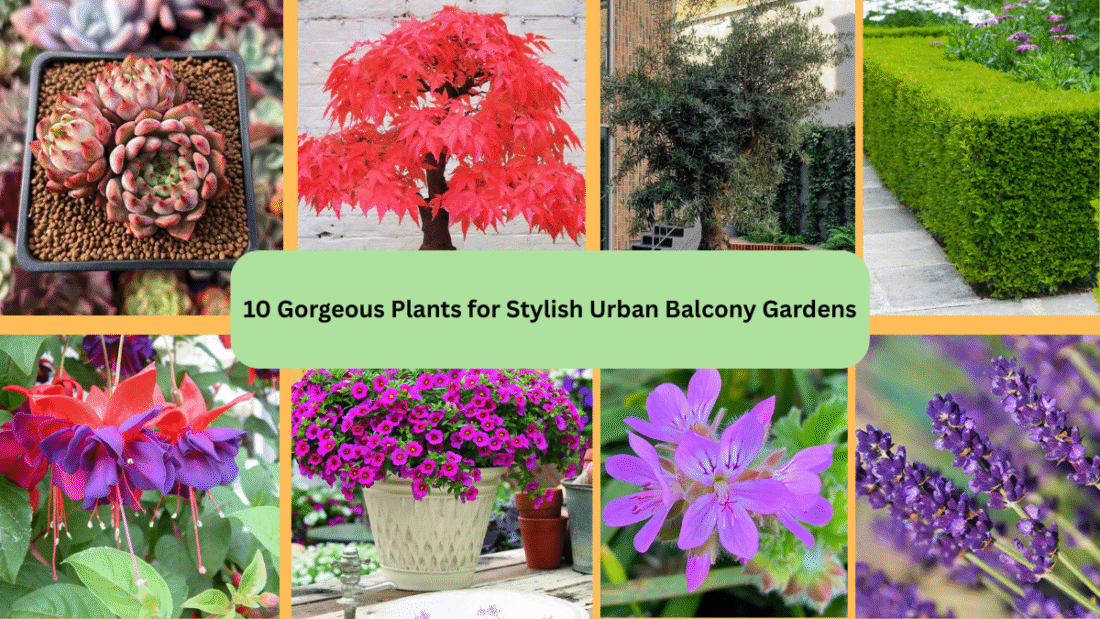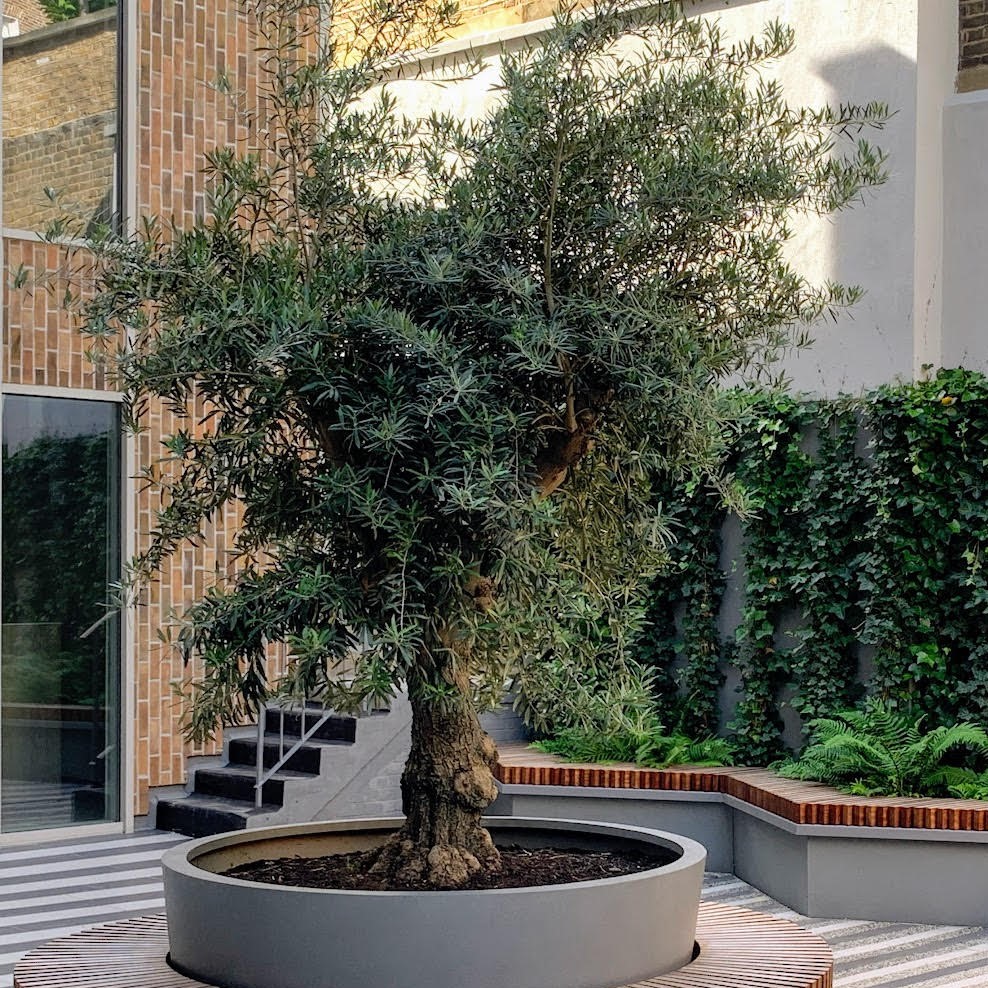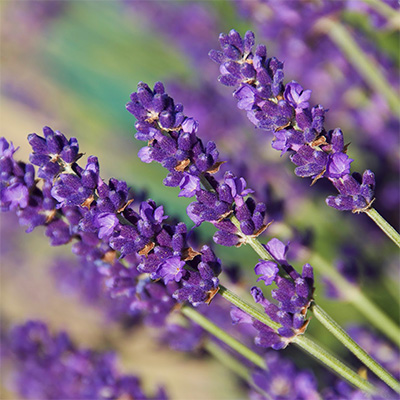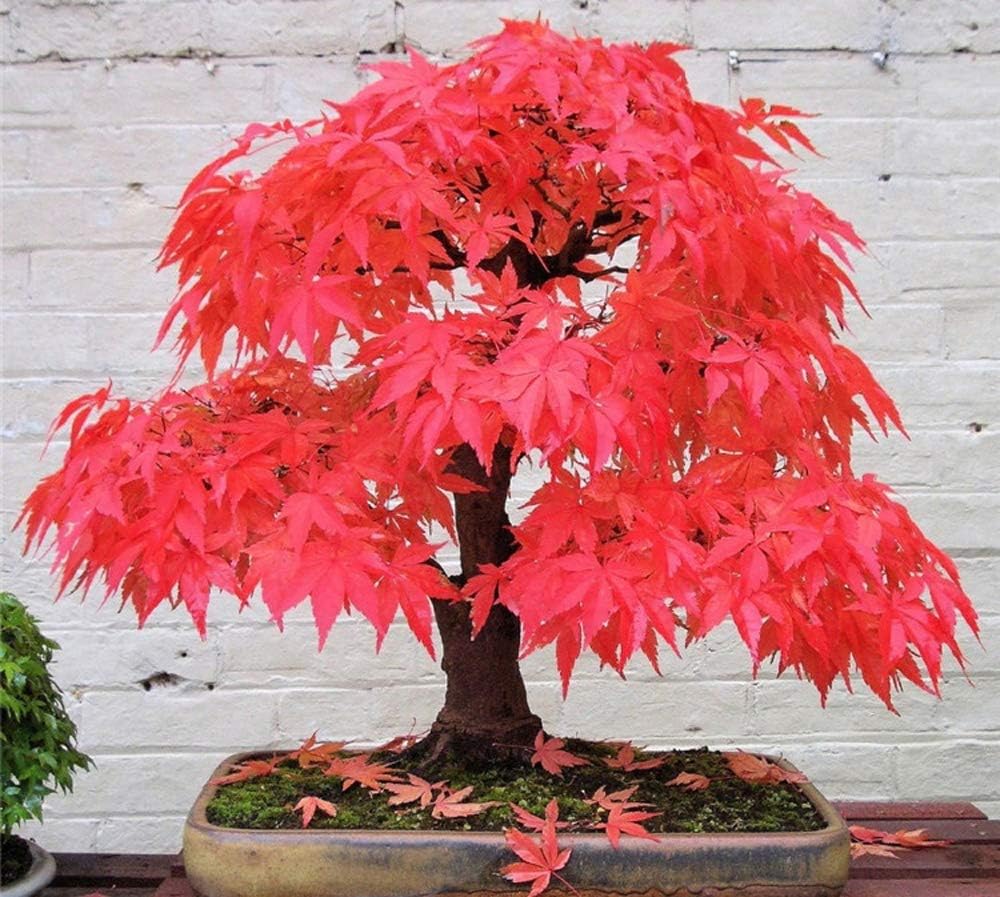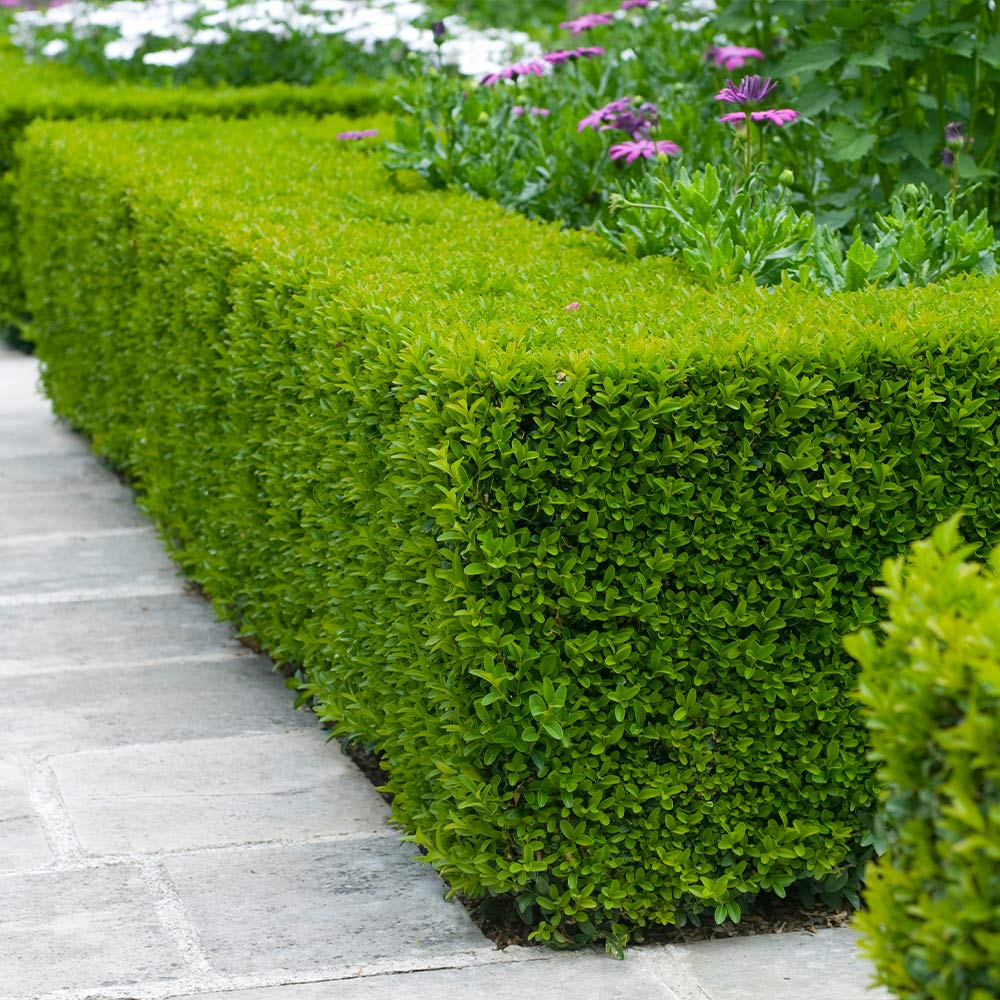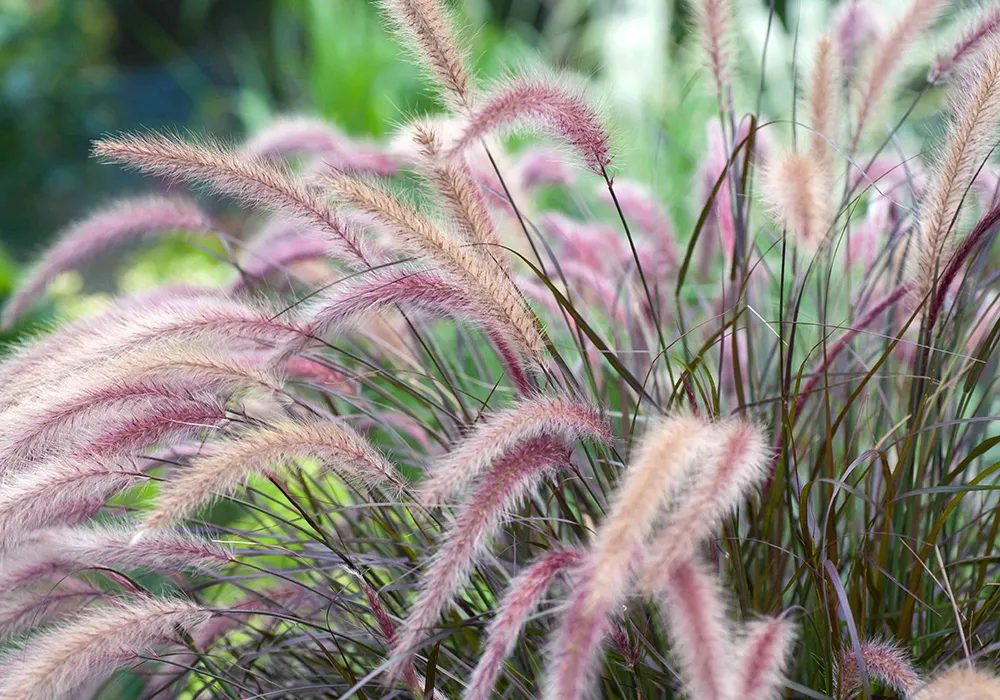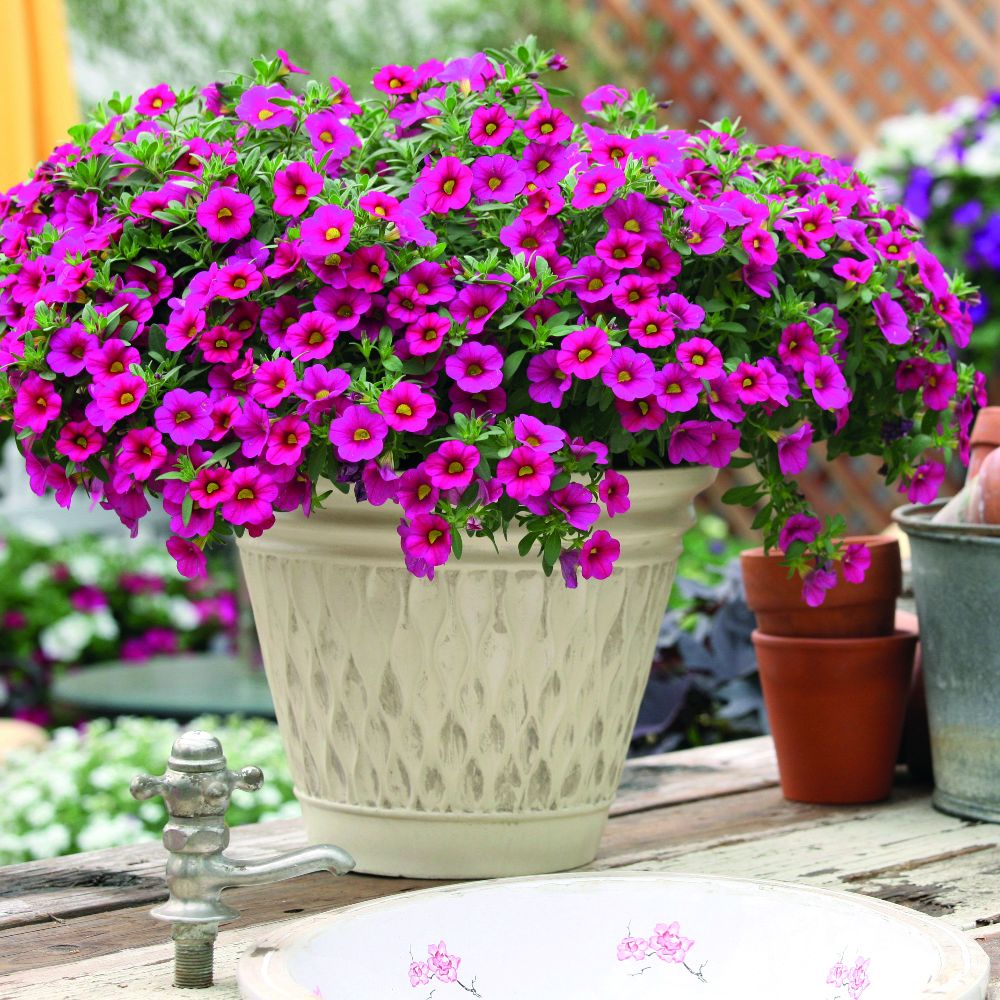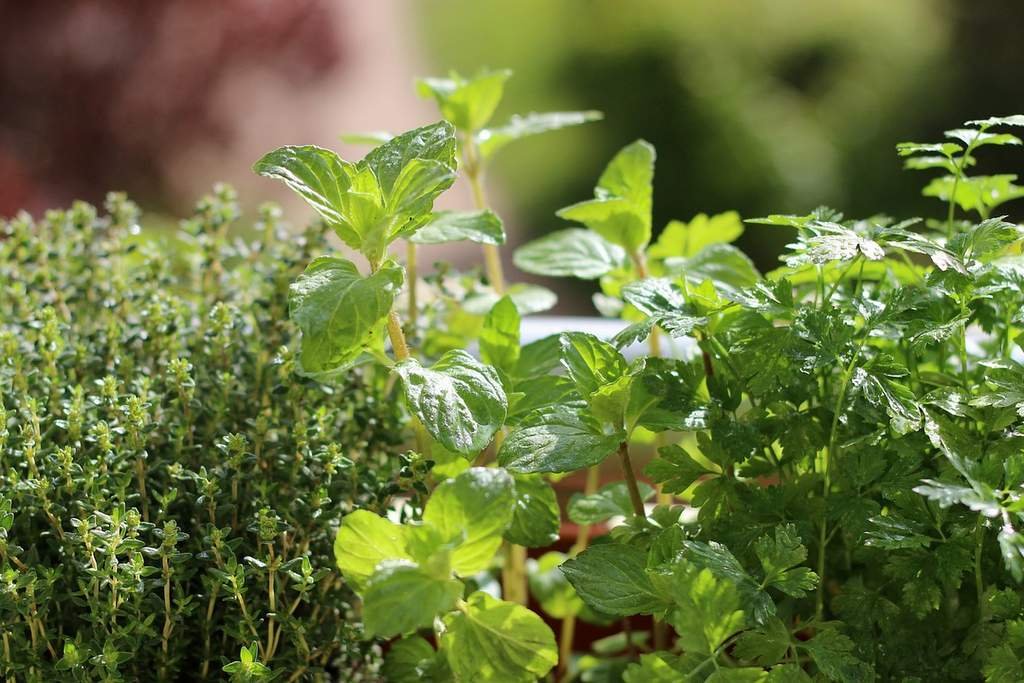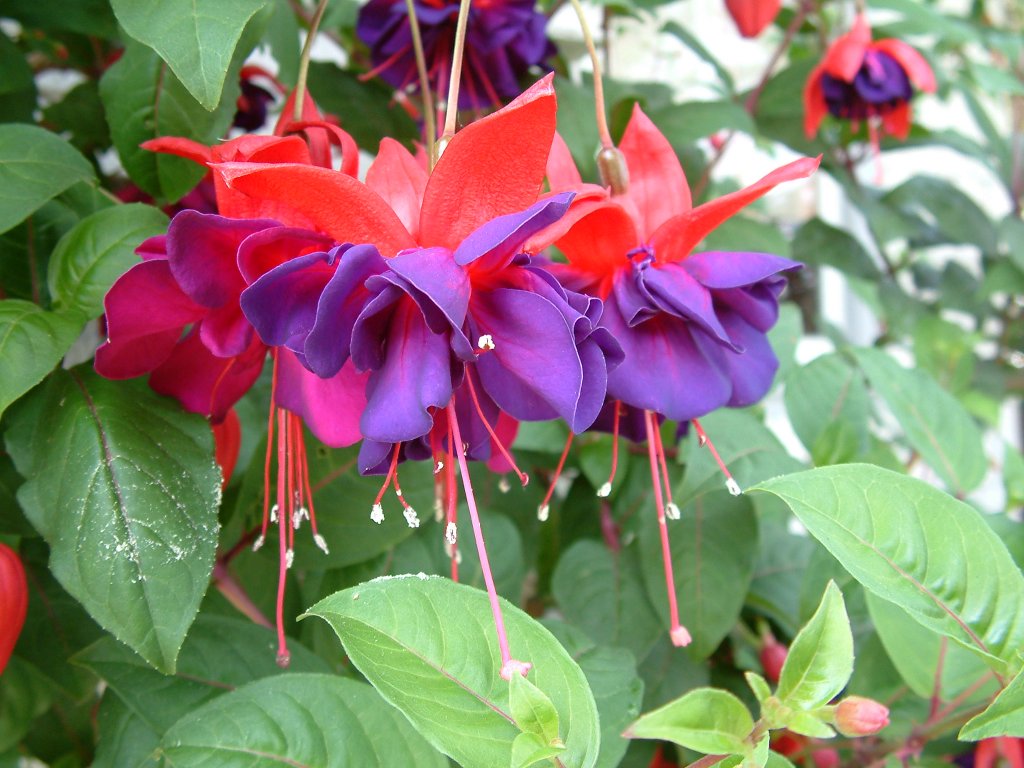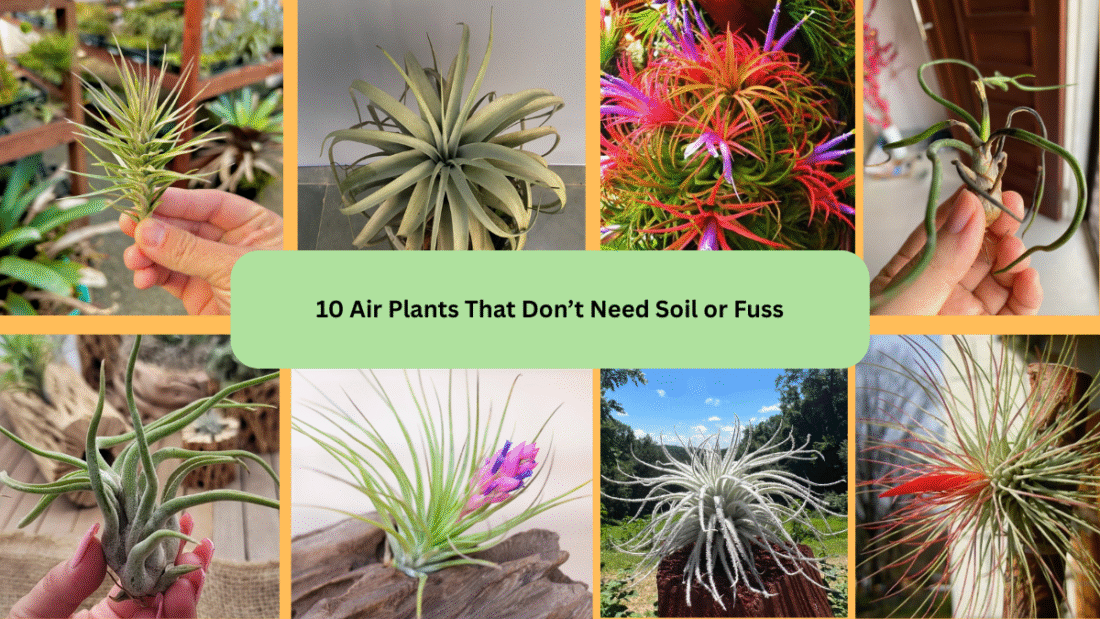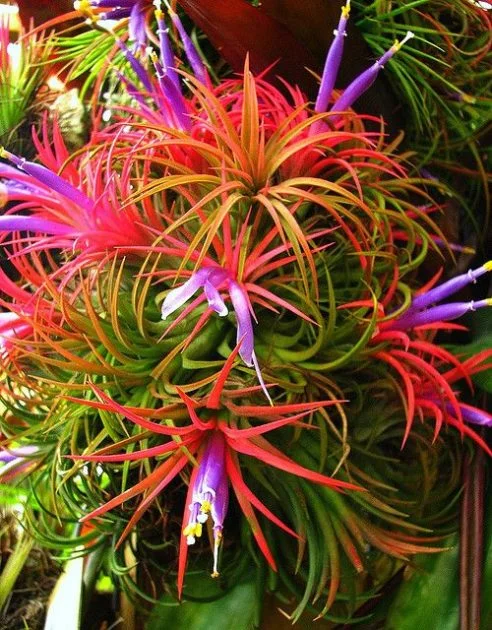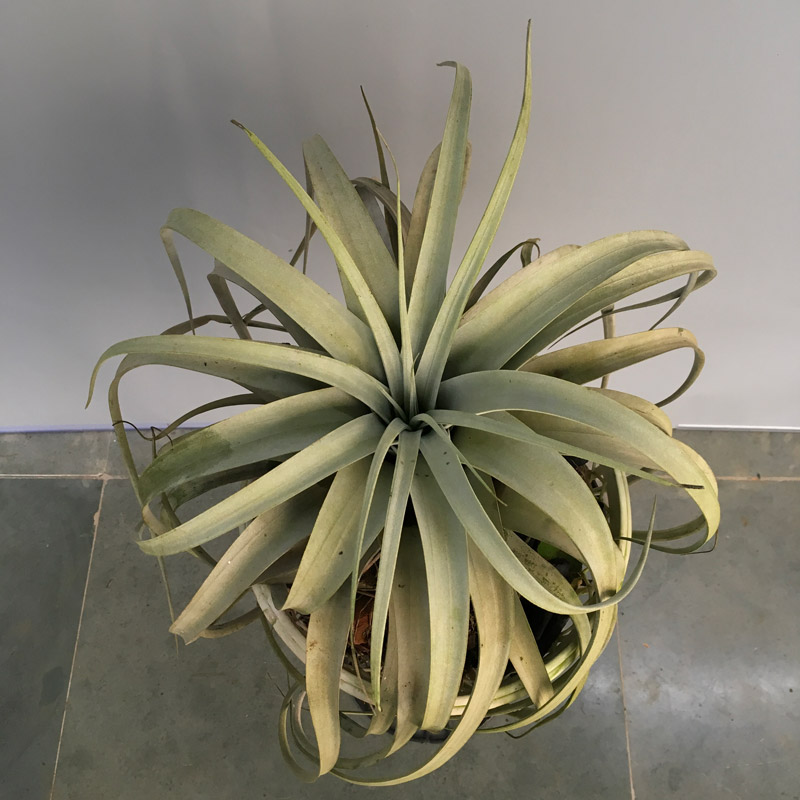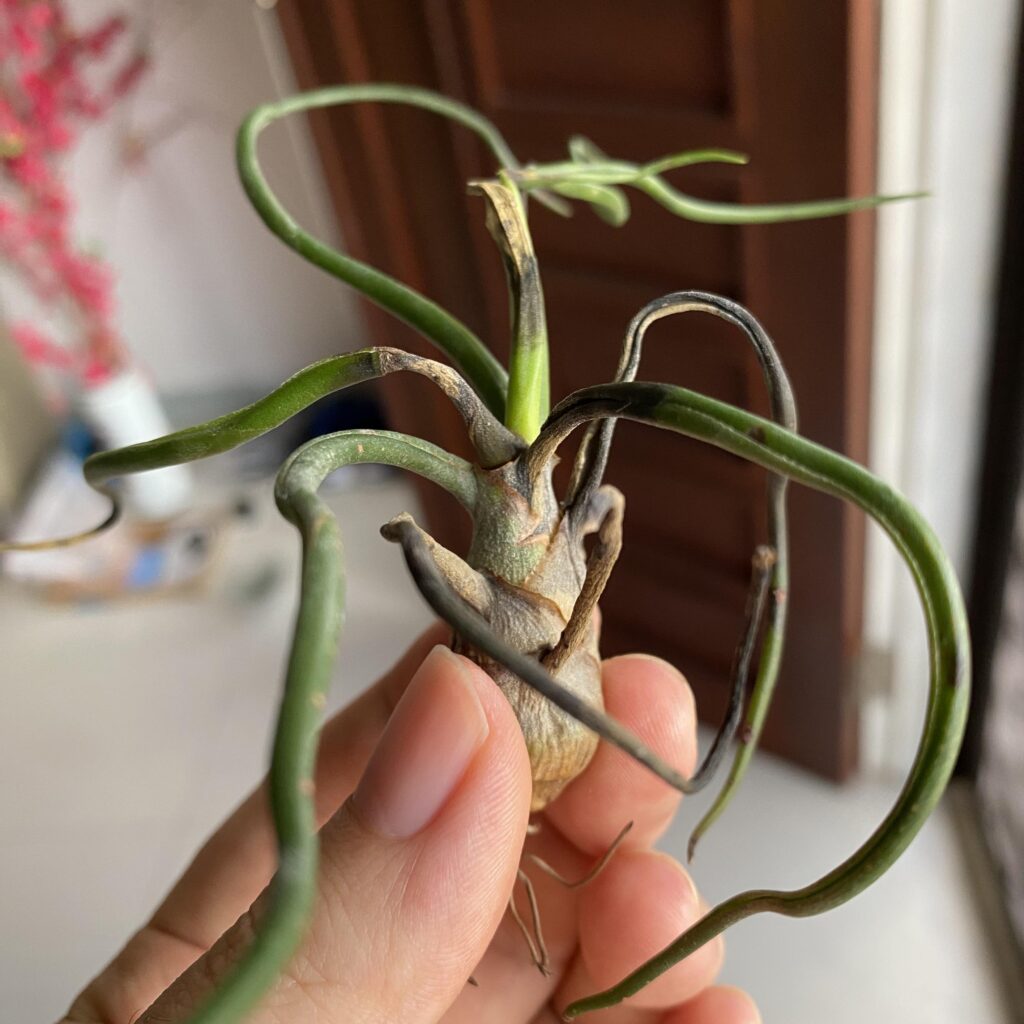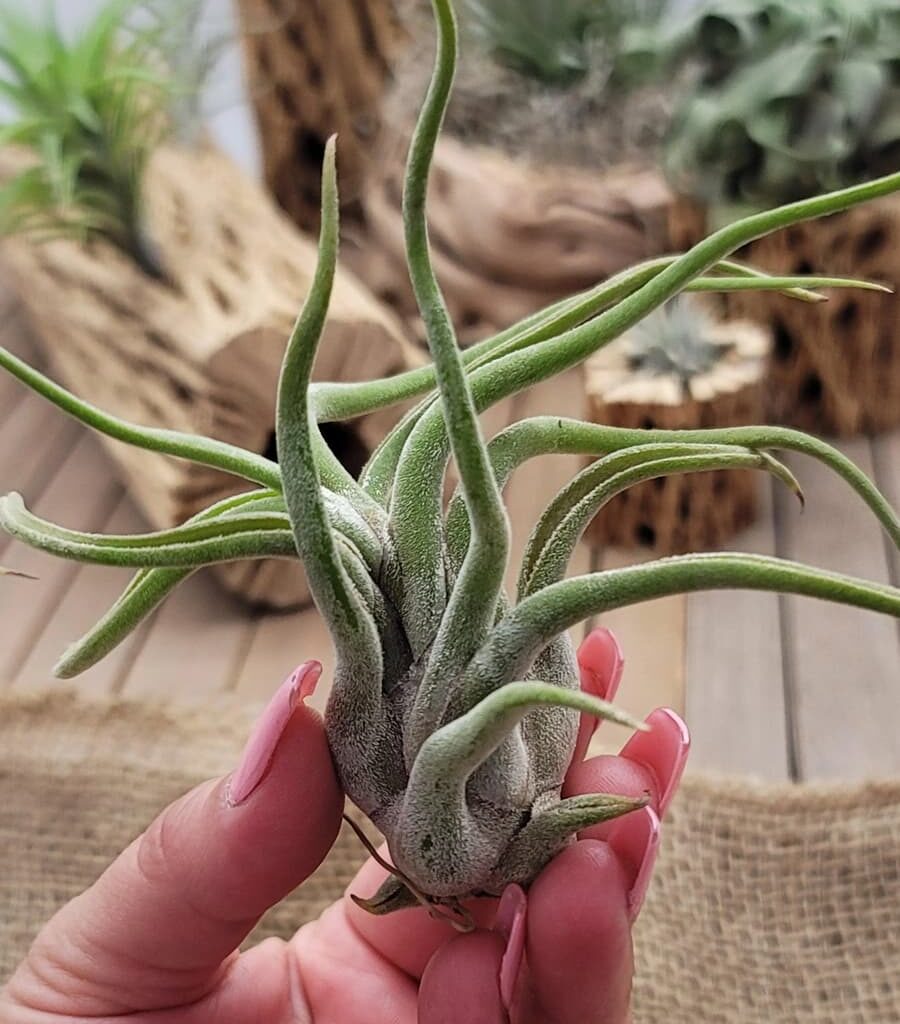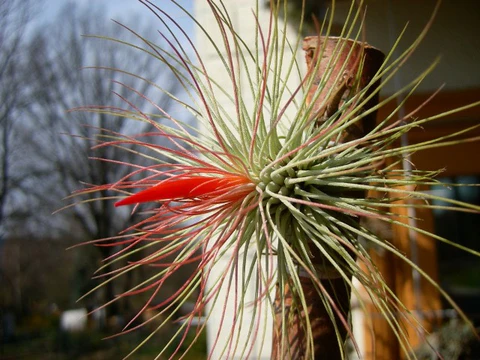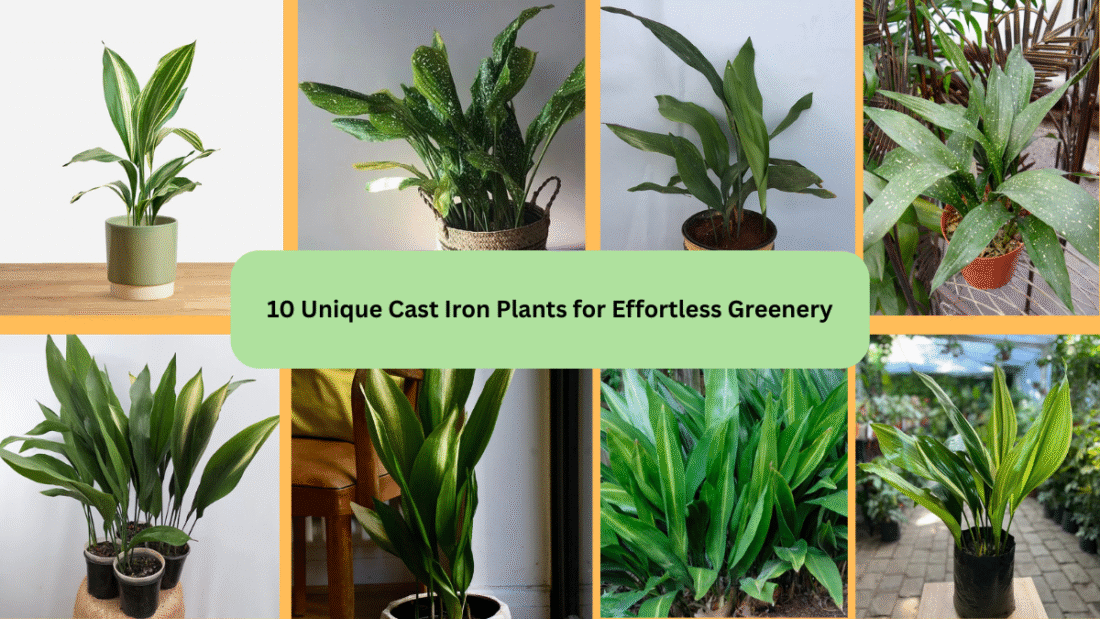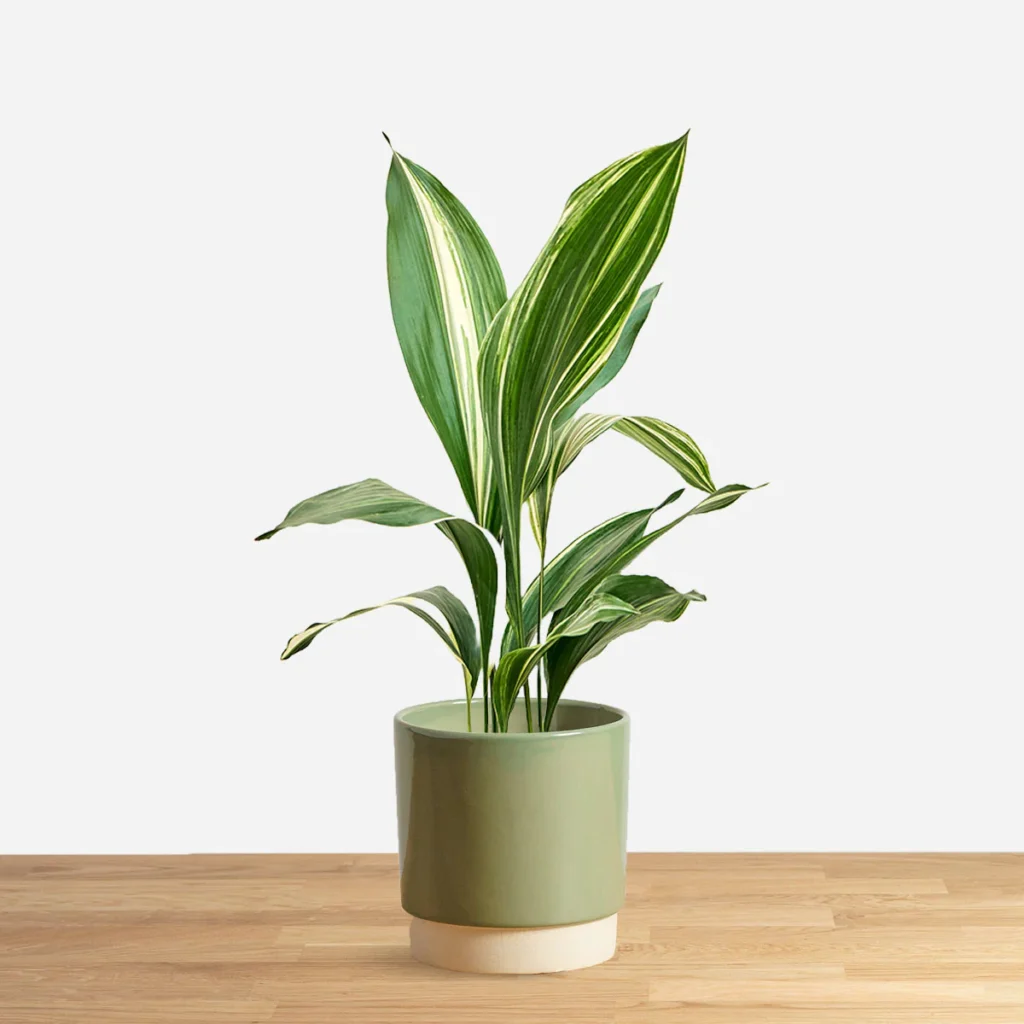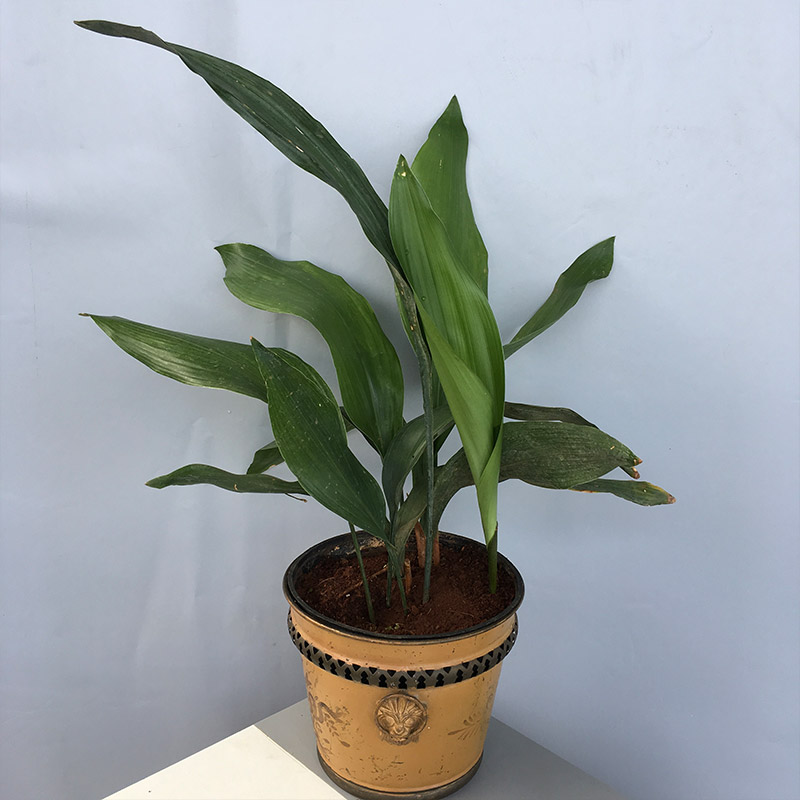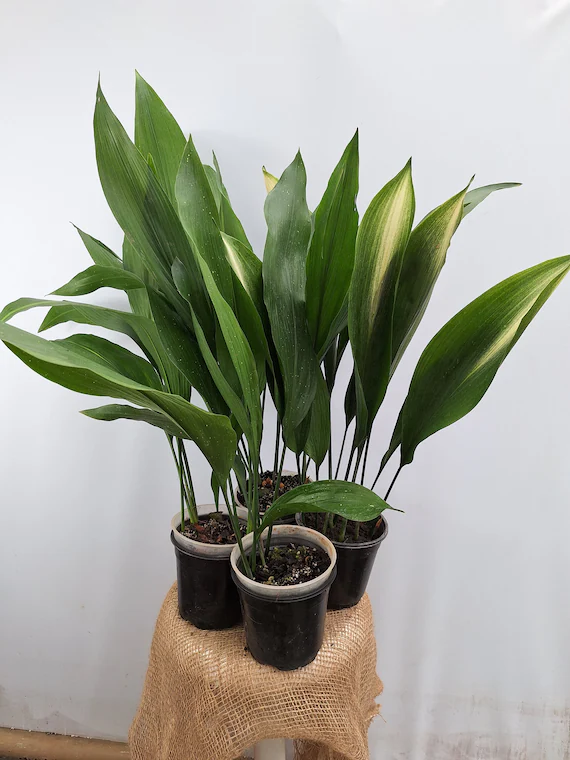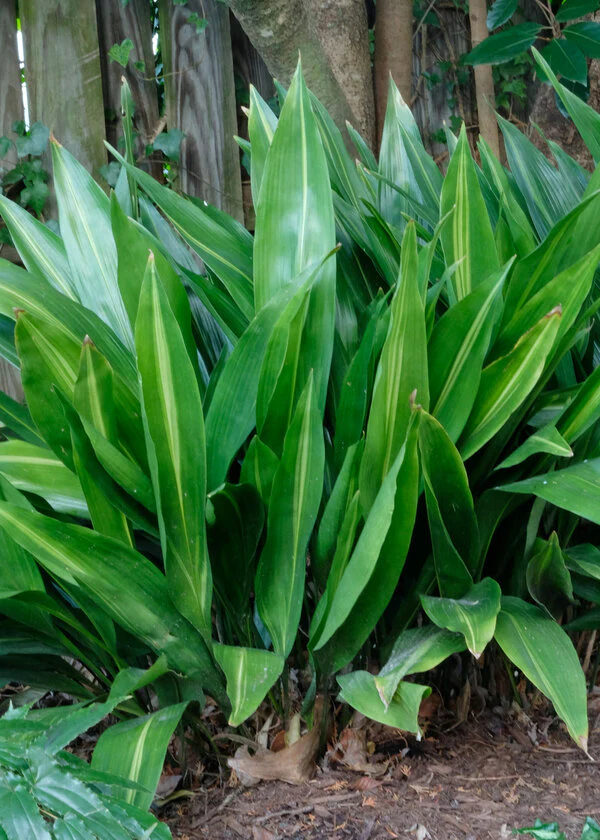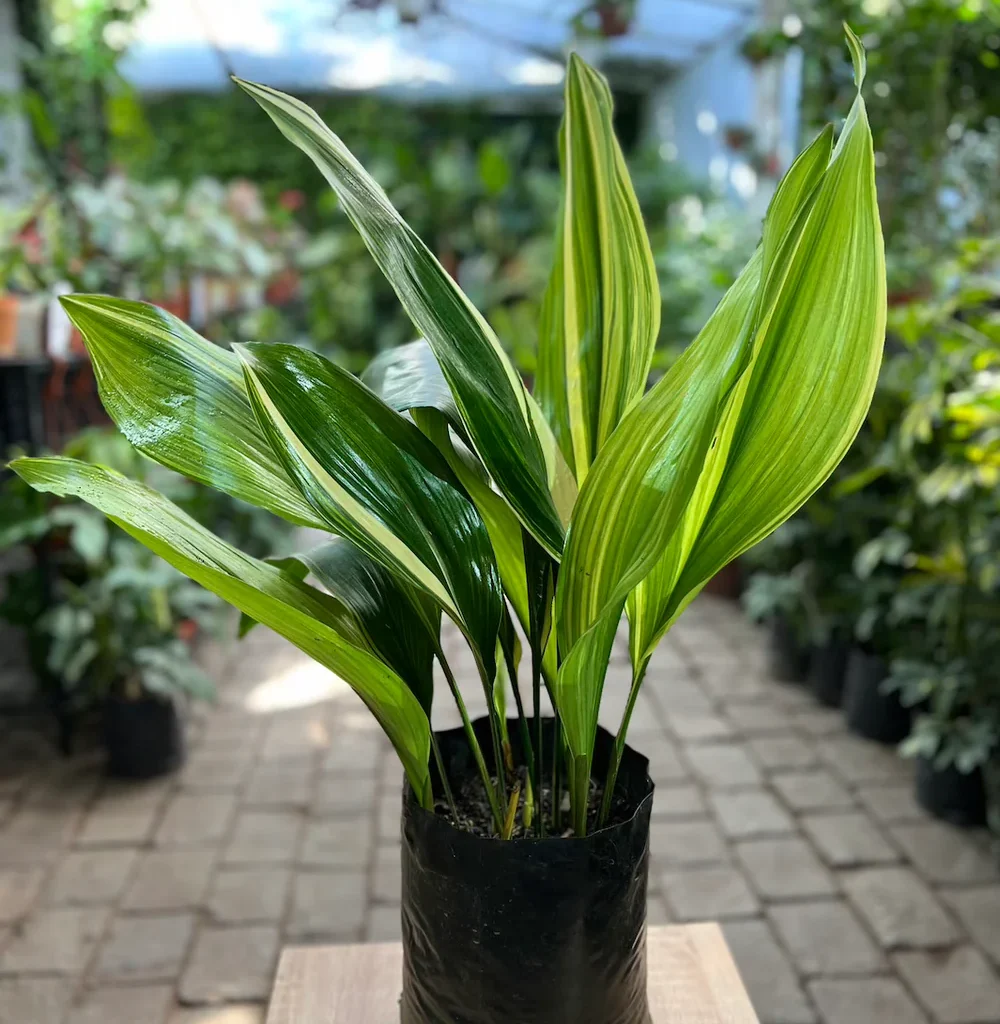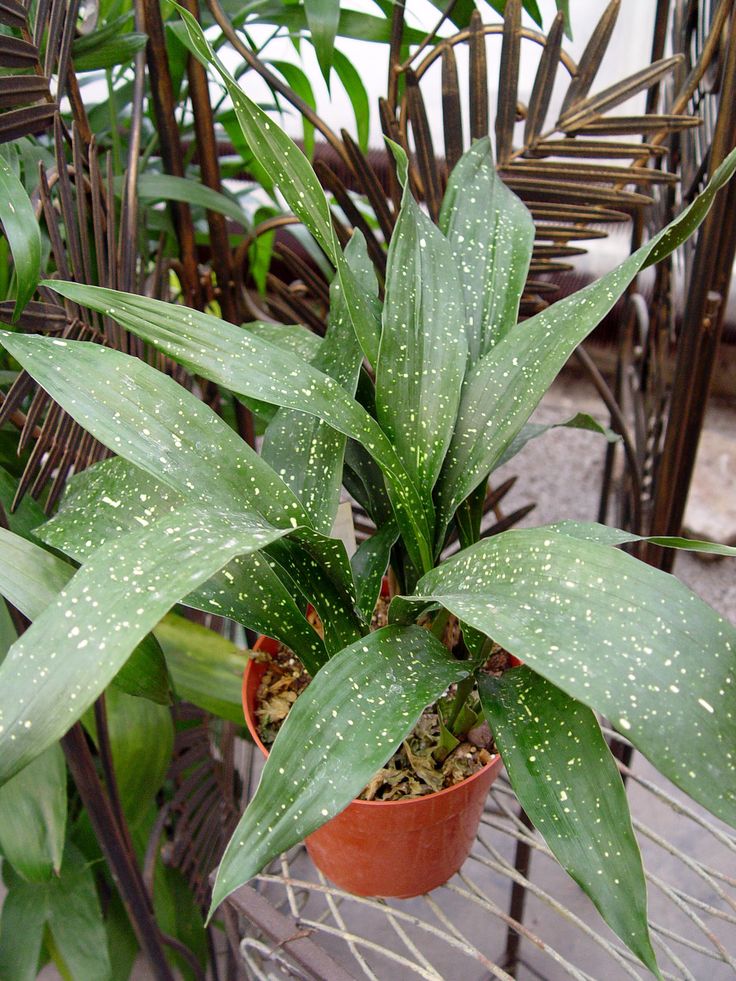Salvia plants, known for their graceful spikes of vibrant blooms and aromatic foliage, are a favorite among garden enthusiasts and home decorators alike. With hundreds of species offering a range of colors and forms, Salvia is as versatile as it is beautiful. Whether you’re looking to add a splash of color to your patio, a fragrant touch to your kitchen windowsill, or a pollinator magnet to your garden, there’s a Salvia plant perfect for every space. Here are 10 elegant Salvia varieties that will brighten your home and garden with their effortless charm.
1. Salvia ‘Amistad’ (Friendship Sage)
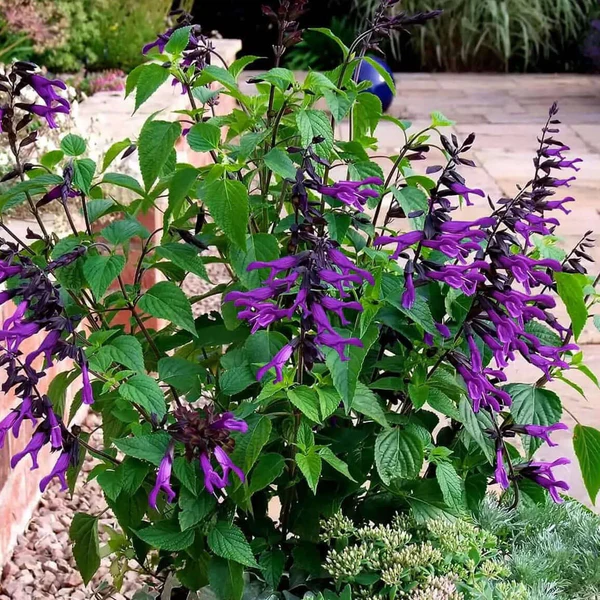
This stunning Salvia variety is celebrated for its rich, deep purple blooms that elegantly contrast against dark stems and lush green foliage. ‘Amistad’ can grow up to 4–5 feet tall, making it a statement piece in any home garden or container arrangement. The long-lasting flowers bloom from spring to fall, offering months of color. It’s also a pollinator favorite, attracting hummingbirds and butterflies. Place it in a sunny spot and enjoy its continuous beauty while brightening up patios, balconies, or flower beds.
2. Salvia nemorosa ‘Caradonna’

A classic perennial, Salvia nemorosa ‘Caradonna’ stands out with its dark, almost black stems topped with slender spikes of violet-blue flowers. Its upright form and clumping growth make it ideal for borders, garden beds, or decorative containers. This hardy plant blooms from late spring through early autumn, providing a long season of interest. ‘Caradonna’ is low-maintenance and drought-tolerant, thriving in full sun. Its dramatic color and elegant form make it a sophisticated addition to both modern and cottage-style gardens.
3. Salvia microphylla ‘Hot Lips’
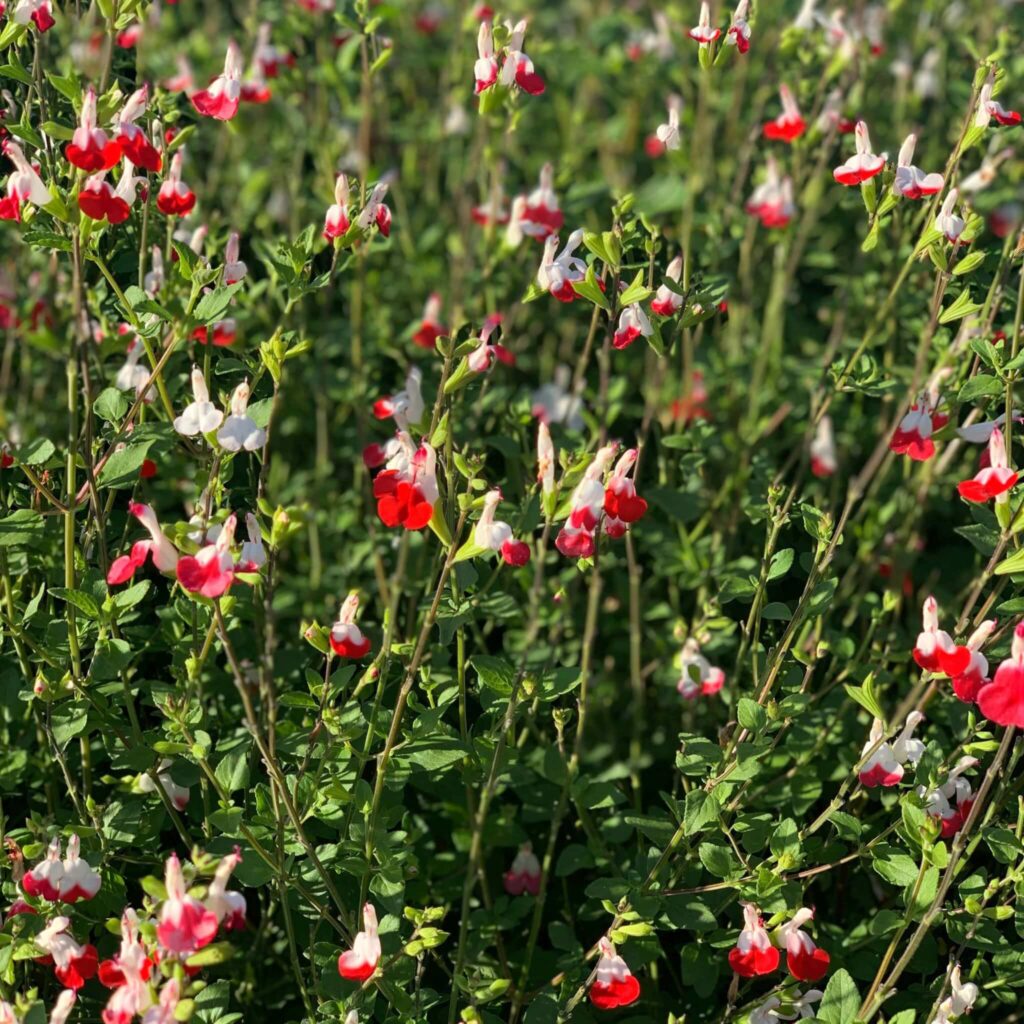
Add a playful touch of color to your home with ‘Hot Lips,’ a unique Salvia known for its charming bicolored blooms. Each flower boasts red and white petals, although colors can shift with the seasons. This compact, bushy plant grows up to 3 feet tall and wide, making it a perfect choice for patio containers, window boxes, or sunny borders. Aside from its eye-catching flowers, ‘Hot Lips’ emits a pleasant fragrance from its leaves and is a magnet for hummingbirds and bees.
4. Salvia leucantha (Mexican Bush Sage)
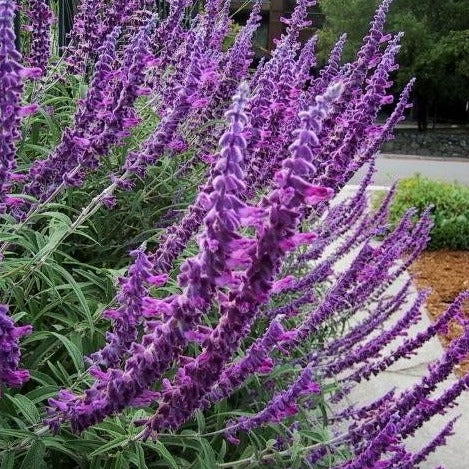
For those seeking a plant that combines elegance with resilience, Salvia leucantha is a top pick. This ornamental sage produces velvety, arching spikes of purple and white flowers set against soft, gray-green foliage. Blooming from late summer to the first frost, it adds texture and color to gardens when many other plants start to fade. Ideal for both garden beds and large containers, Mexican Bush Sage is drought-tolerant and attracts a variety of pollinators, enhancing the vibrancy of your outdoor spaces.
5. Salvia guaranitica ‘Black and Blue’

This striking Salvia variety is known for its vivid cobalt-blue flowers paired with dark, almost black calyxes. Growing up to 4–6 feet tall, ‘Black and Blue’ adds height and drama to garden beds and borders. It thrives in full sun to partial shade and is notably drought-tolerant once established. The rich color palette of this plant brightens any outdoor space while attracting hummingbirds, butterflies, and bees. Its vigorous growth and easy maintenance make it a favorite among home gardeners.
6. Salvia officinalis (Common Sage)
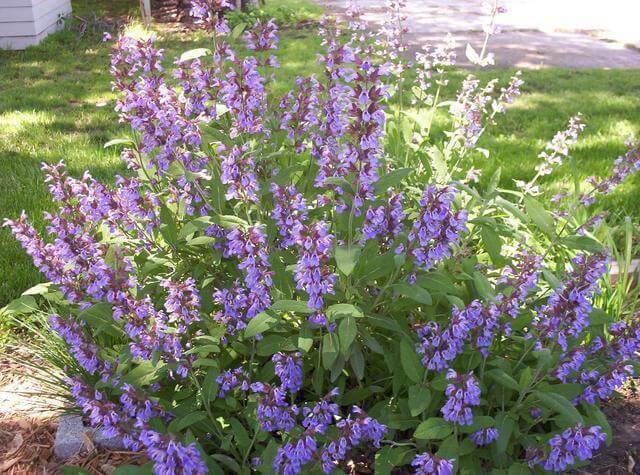
A beautiful and practical plant, Common Sage offers elegant silvery-green foliage along with subtle lilac flowers in late spring. Often grown for culinary uses, its aromatic leaves are perfect for cooking, while its delicate blooms add beauty to herb gardens, patios, and kitchen windowsills. Common Sage thrives in well-draining soil and full sun, making it an easy-care choice for both beginners and experienced gardeners. Its combination of utility and elegance ensures it remains a beloved staple in home gardens.
7. Salvia splendens (Scarlet Sage)
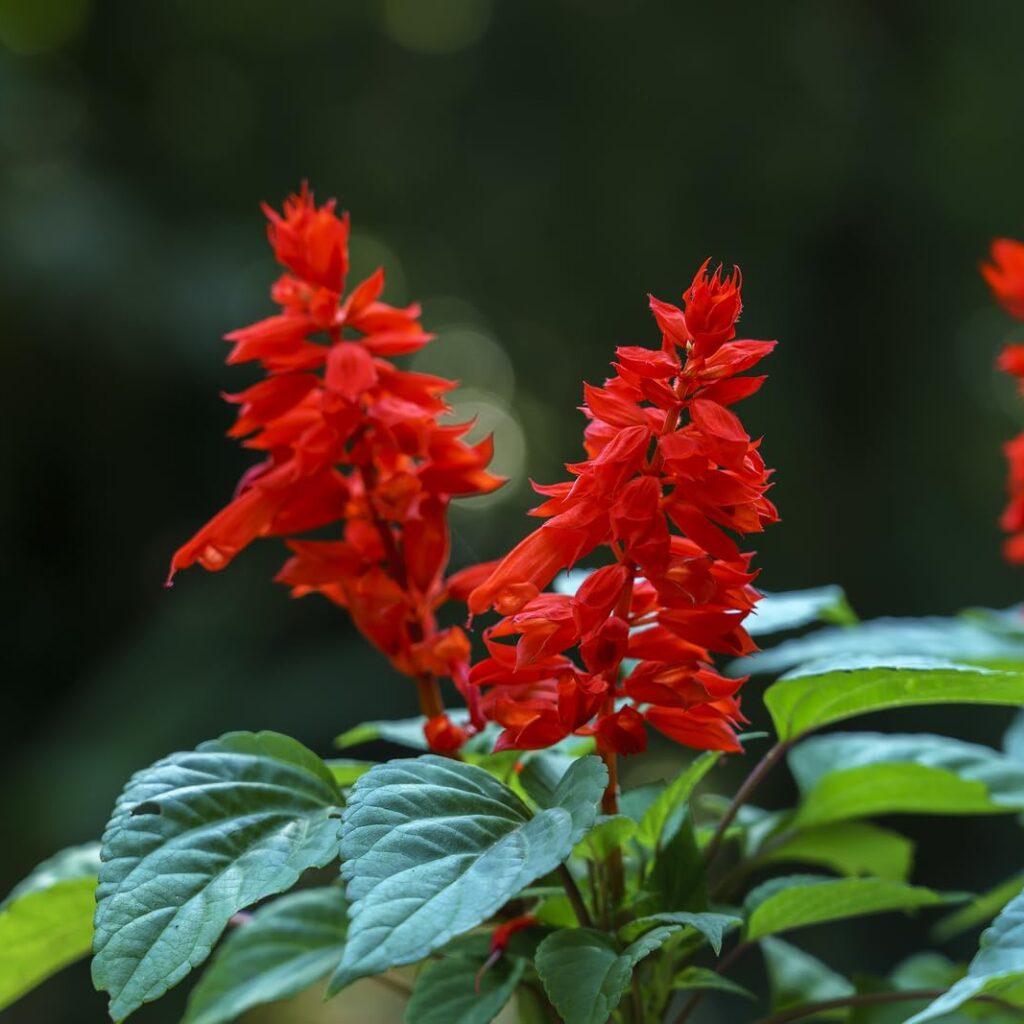
Bring bold color to your home with Salvia splendens, known for its bright red, spiky flowers that bloom from summer to fall. This variety’s compact size makes it ideal for containers, garden beds, or borders, adding a lively, festive look to your outdoor or indoor spaces. Scarlet Sage prefers full sun but tolerates partial shade, and it attracts pollinators like butterflies and hummingbirds. Its easy-care nature and vivid hues make it a reliable choice for anyone looking to infuse their garden with vibrant energy.
8. Salvia elegans (Pineapple Sage)
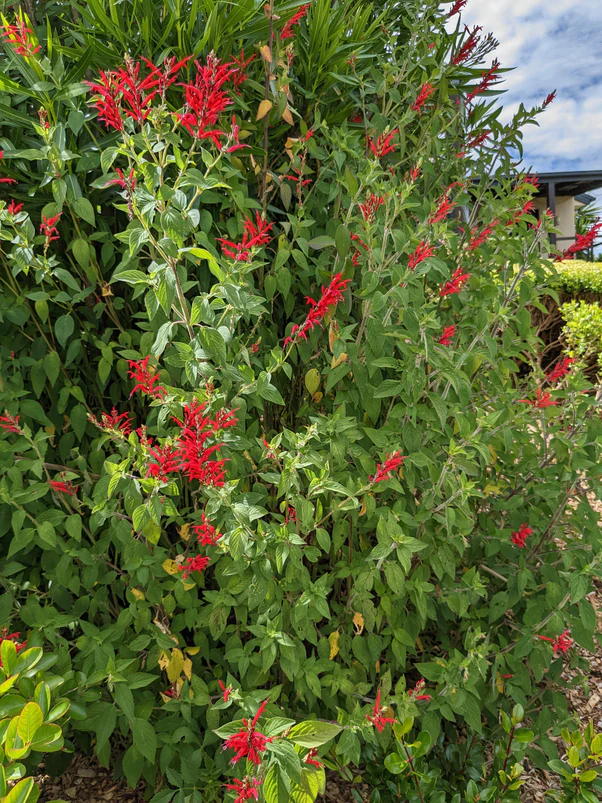
A fragrant and flavorful favorite, Pineapple Sage is cherished for its sweet, pineapple-scented leaves and bright red flowers. Typically blooming in late summer and fall, its vibrant flowers are a favorite of hummingbirds and beneficial insects. The edible leaves can be used fresh in teas, desserts, and salads. Pineapple Sage grows up to 3–5 feet tall and does best in full sun with regular watering. This charming plant offers both ornamental beauty and culinary versatility, making it a delightful addition to any home.
9. Salvia coccinea (Texas Sage)
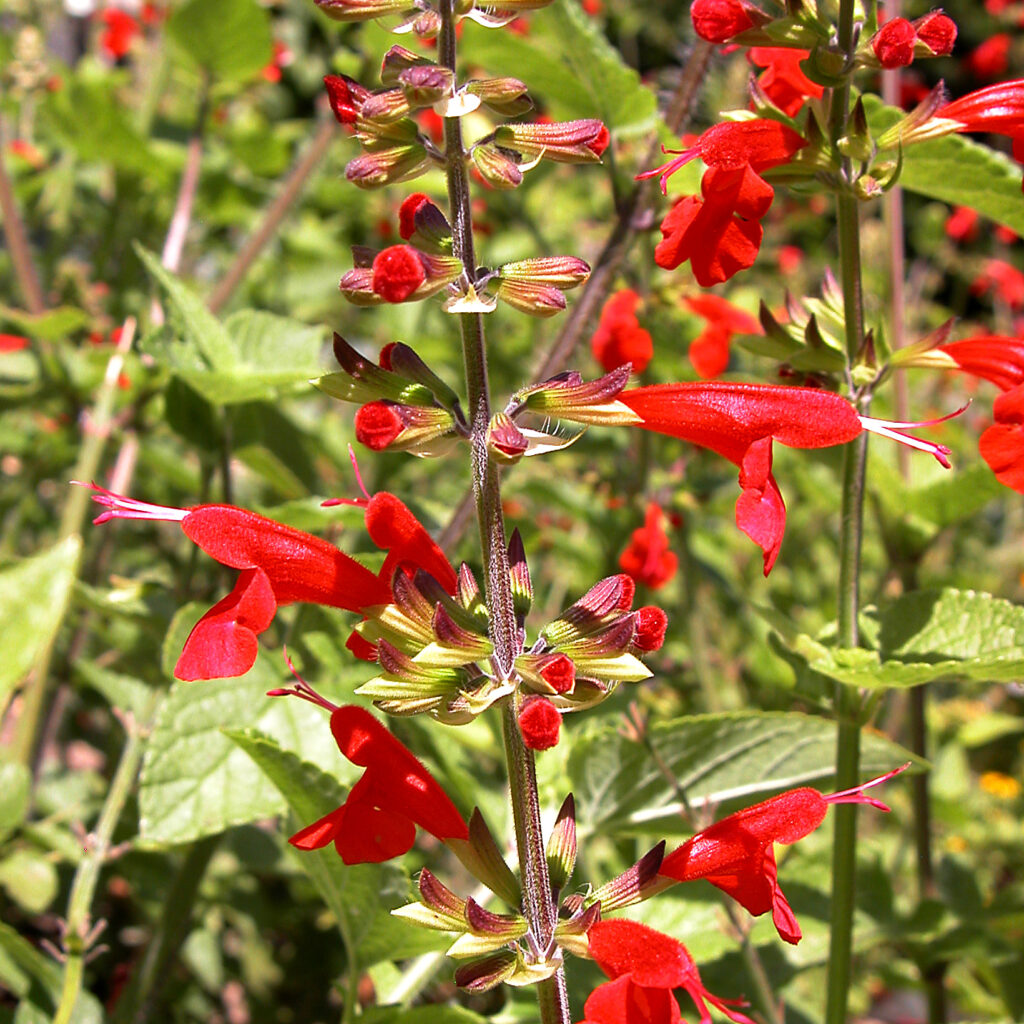
Ideal for hot, sunny spots, Salvia coccinea offers graceful spikes of scarlet, coral, or pink flowers from spring until the first frost. This heat-loving plant is perfect for borders, wildflower gardens, or mixed containers. Growing up to 2–3 feet tall, it adds an airy, elegant texture to any space. Texas Sage is drought-tolerant and low-maintenance, attracting hummingbirds and butterflies with ease. Its resilient nature and charming blooms make it an excellent choice for brightening dry or sunny areas.
10. Salvia farinacea ‘Victoria Blue’
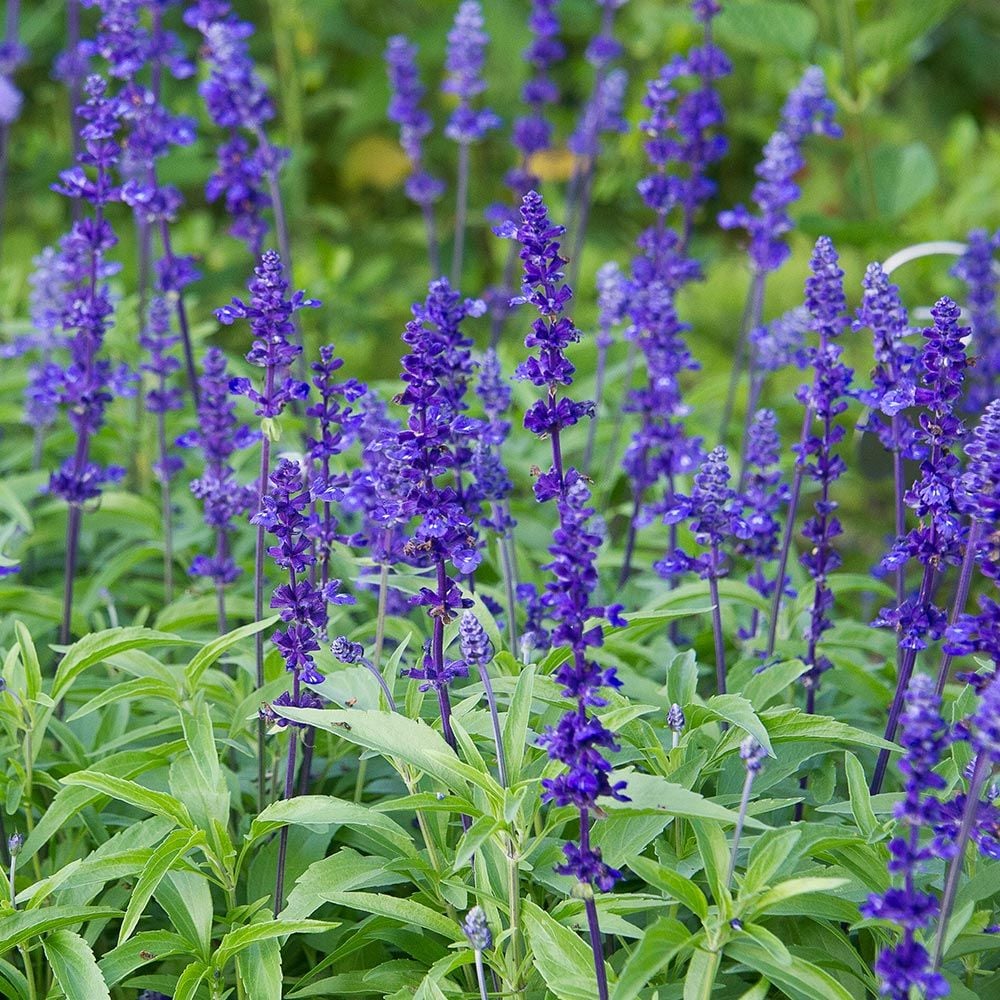
Known for its dense spikes of vibrant blue-purple flowers, ‘Victoria Blue’ adds a classic, serene beauty to home gardens. This long-blooming plant thrives in full sun and well-draining soil, making it perfect for borders, pathways, and container displays. Reaching up to 2 feet tall, it’s both compact and impactful. ‘Victoria Blue’ is drought-tolerant, attracts pollinators, and works beautifully as a cut flower in fresh arrangements. Its elegant, upright habit and rich color make it a staple in traditional and contemporary landscapes alike.

